Hiroshima is one of the names inextricably connected to the first atomic attack in human history and therefore a must when visiting Japan. However, Hiroshima is also a great gateway for a trip to idyllic Miyajima.
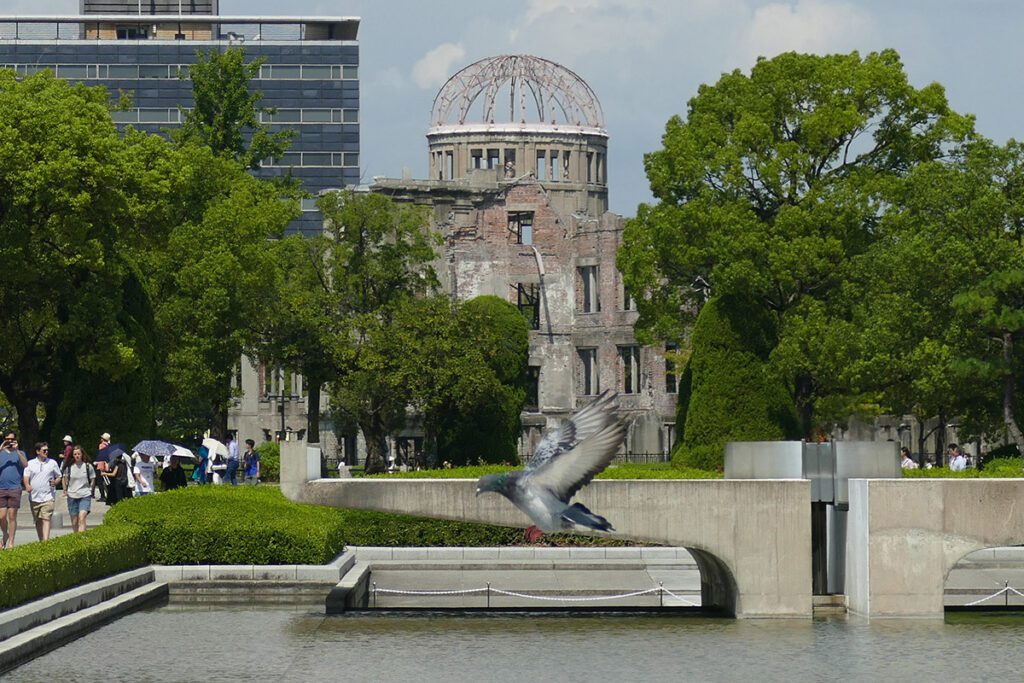
Before visiting Hiroshima, I wasn’t able to imagine a place with a little over a million inhabitants plying their trades as if their city never had been practically erased and went down in history as one of the biggest humanitarian disasters.
What I found was a charming city – risen up from the atomic ashes of 1945.
Lakshmi
“If I’d hook up with a Japanese guy, in ten years I still wouldn’t know what he’s really like. Here, even couples and families don’t really open up to each other. They are extremely discreet”, says Lakshmi and laughs a little. It’s not a giggle – although she’s tiny and fine-boned, she doesn’t have this East-Asian girlish coquetry.
That’s because she’s not East Asian.
Lakshmi is from Delhi and came to Japan six years ago. First, she studied, and eventually, after her Ph.D. in sciences, she got a job at the university.
But that’s not what makes her seem intelligent. It’s her attitude, her way of talking – and, most of all, what she says. She’s a quick thinker.
Faith and JR – Japanese Railways – made Lakshmi and I travel buddies. Two days before my trip from Osaka to Hiroshima, reserving a seat on the Shinkansen was impossible. “You can go on the unreserved cars – number one to three”, explained the JR lady in her crisp uniform. And that’s what I did. Me and what seemed to be thousands of other people. Survival of the fittest: Only the first few in line got a seat. The others had to spend two hours standing.
Therefore, the empty seat next to me was quickly filled – with Lakshmi.
Closed Shop
Lakshmi was one of the very few ex-pats I saw in Japan. Actually, the street scenes even in the large cities are quite homogenous. What you see are Japanese – and Asian and western tourists. Hardly any ex-pats. And that’s not surprising given that there are less than two percent foreign citizens in Japan. That’s less than two percent!
Japan as a country has been an extremely closed shop.
No wonder the country got a bit stuck in traditions. For us visitors fascinatingly and charmingly, but how is it to live there? How much are you able and allowed to think out of the box? As I’d learned from the series Tokyo Girl and from books – and according to what I had observed, Japan seems to be a very conservative society. Complying with the standards is crucial.
Japanese as a nation have been extremely conservative and obedient.
Japan is not only geographically an island.
Explanation of History
You know, I totally understand when people – normal people like you and me – historic events the way they see them. Personal. Subjective. Incomplete.
I cannot accept it when institutions do so – for instance by leaving out important background facts. Their purpose is to inform and educate people in a comprehensive way, after all.
I didn’t understand how at the Museum of Tolerance in Los Angeles they just skipped the entire history of antisemitism all over Europe – and the rest of the world, for that matter. Actually, they start the story at the beginning of the 20th century. As if antisemitism had been such a young phenomenon. No. It’s sadly a very old phenomenon that has existed for centuries. As a museum, you cannot just ignore this fact because it doesn’t fit into your narrative.
I rolled my eyes at the historically…flexible video on the Vietnam War that was screened at the Cu Chi Tunnels. Happy Vietnamese ladies sashaying in silken Ao Dais across rice fields, smiling and humming.
All of a sudden, the sky turns dark, and Americans bring the war to this peaceful place.
Ya, well….nay: Before that, there was the French Indochine war. Also, like it or not, not all Vietnamese were opposed to the colonialists. After all, to this date, the country’s southern part is packed with Catholic churches, remnants from those colonial times. The fact is, there was a civil war before the US got involved.
That’s Only Half the Story
At the museum in Hiroshima, they don’t show you happy sashaying. However, the exhibition starts on August 6, 1945 – the date the atomic bomb was dropped on the city.
No explanation of what was going on before, why Hiroshima, why the atomic bomb.
That’s probably the reason why many people still believe it was vengeance for Pearl Harbour. That’s nonsense, Pearl Harbour was attacked in 1941.
I don’t think that particularly the US needed four years to make their mind up if they should bomb back.
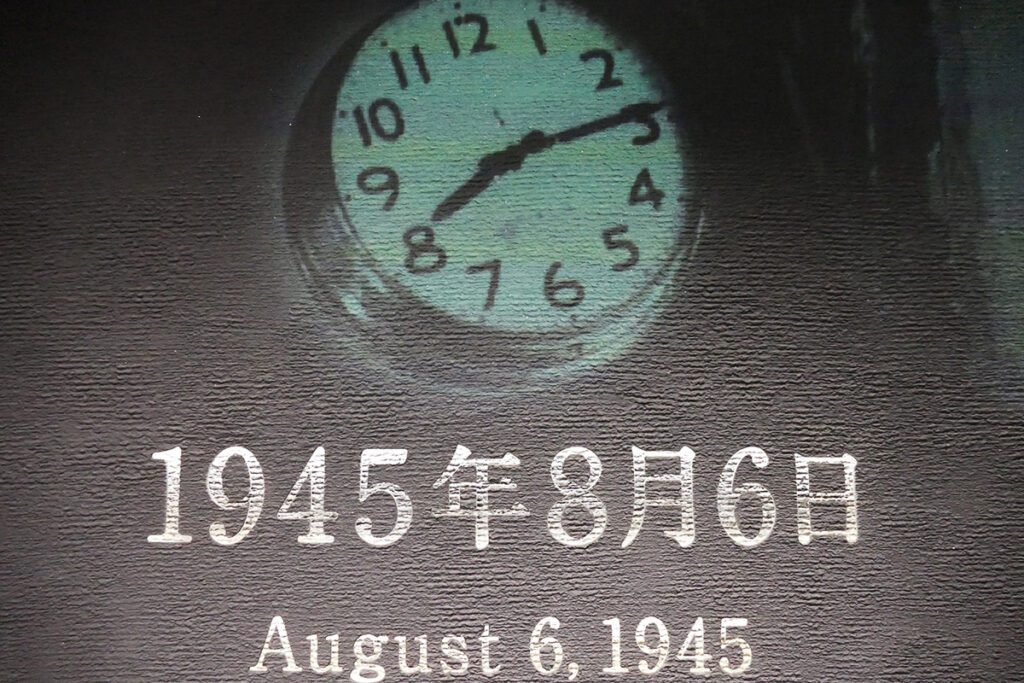
I think it’s because this atrocious atomic attack is rarely seen as the result of the terrible Pacific war, some people tend to compare it to Auschwitz or, even worse, 9/11. Hence, an attack on peaceful people while they were having breakfast during a peaceful era.
Well, some people have the urge to compare everything to something – and they are clearly no political scientists or historians.
On the Wrong Side
The fact is that in WWII, Japan was an ally of Nazi Germany. They terrorized the surrounding Asian countries, and committed atrocious war crimes. Japanese troops invaded for instance Korea, Malaysia, Indonesia, and the Philippines and abducted women from these countries for forced prostitution. They caused massacres like the one in Nanking and proceeded experiments on humans for instance in Manchuria.
They were a very determined and sturdy opponent. Even after Nazi Germany surrendered in May 1945, Japan kept up the war, terror, and human rights violations. There was no hint of capitulation.
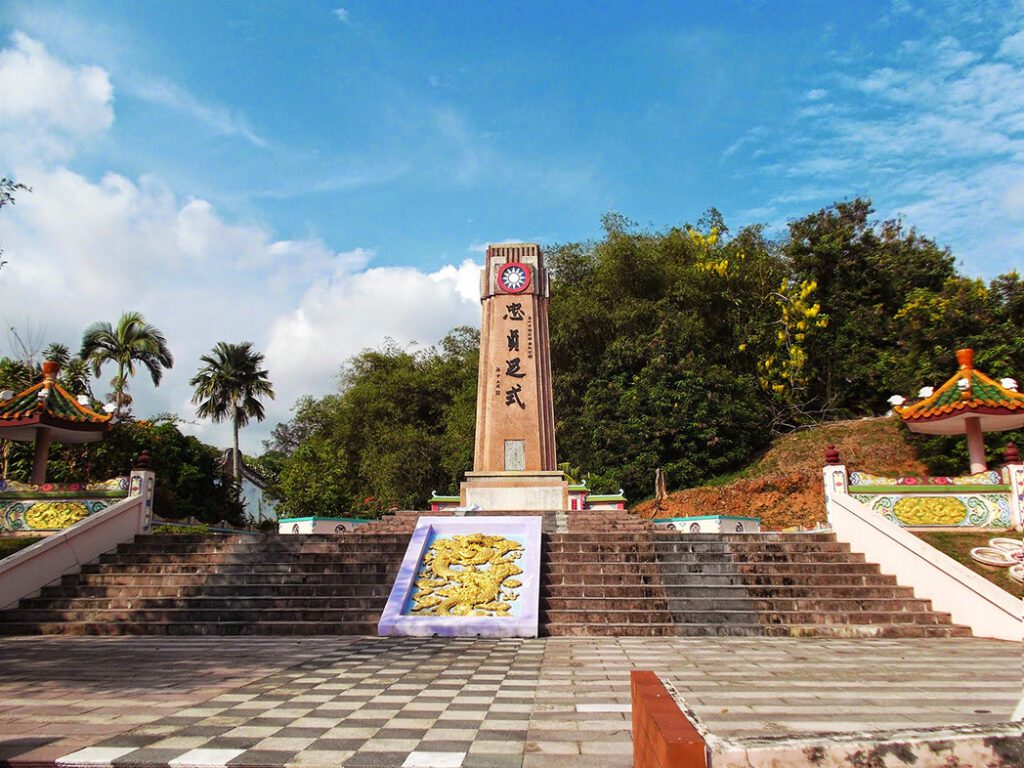
Does this in any way justify or even condone the US throwing around atomic bombs? Of course not! The effect was unimaginable horror. Also, the repercussions lasted for decades.
However, I missed information on Japan’s role in WWII as well as an explanation of why Hiroshima was the chosen target.
It’s nice that the Peace Memorial Park sheds a light on the atrocities caused by this attack. However, to this date, Japan’s hesitant official apologies are widely considered inadequate. Also, the way the country’s role in the war is described in some Japanese textbooks is unbearable.
To understand the past and prevent events in the future, comprehensive information is indispensable. Therefore, it certainly helps to look at the big picture.
The Grand Tour
This being said, let’s check out what today’s Hiroshima holds in store for its visitors.
Many people pay the city a short visit, mainly exploring the Peace Memorial Park. However, it’s totally worth spending the night. And yes, the next day, you can take a day trip to the dreamy island of Miyajima. But hold your horses, first we go around Hiroshima.
The good people of Hiroshima installed three bus lines that are circulating between eleven places of – tourists’ – interest. Therefore, it’s really easy to get around and explore. If you are in possession of a JR pass, you can take this bus for free. You only have to hand your pass to the driver who takes a picture of it with his little compact camera – which is sort of hilarious. Passengers without a JR pass have to pay 200 Yen per ride – or they get a day pass for only 400 Yen. Then, they can get on and off as many times as they like.
If you have only a very limited amount of time, you can, of course, do the tour in one go which takes about 50 minutes.
Everyone else can make stops at….
The Peace Memorial Park
As I explained above, I had mixed feelings regarding the nature of the Peace Memorial Park. It remembers exclusively the attack on Japan without even mentioning that it was a – nonetheless horrific and cruel – counterattack meant to force the imperial forces to surrender and stop the war in the Pacific.
About one million visitors come to the Peace Memorial Park, which was set south of the Atomic Bomb Dome Genbaku between 1950 and 1964, every year.

Many different monuments dealing with future and hope, peace and freedom are assembled around the greeneries.

As we all know, Hiroshima was the first city in history to be attacked with a nuclear weapon. In the summer of 1945, the Japanese were still at war. Therefore, most of the bomb’s 140,000 direct and indirect victims were civilians.
Before the attack, the park’s location was Hiroshima’s busy downtown commercial and residential area.
Today’s park was built on an open field the explosion had left behind.
Thousand Cranes
The Hiroshima Peace Memorial Park was planned and designed by the Japanese architect Kenzō Tange. All over the lot, a vast number of statues, monuments, and memorials honor the victims. Especially the exhibitions at the Peace Memorial Museum are designated to remember the horror this nuclear weapon caused and to advocate world peace.
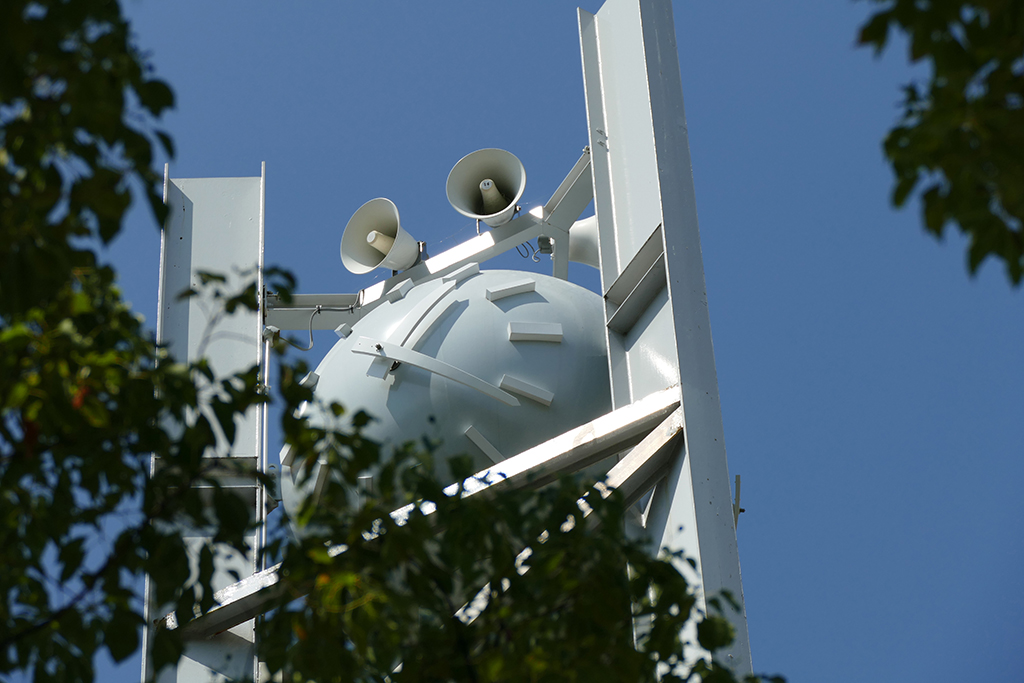
Hence, there is a Peace Flame, a Peace Bell, ten Peace Gates – a gift from France on the occasion of the bombing’s 60s anniversary in 2005, a Peace Clocktower – commissioned by the members of the Lions Club in 1967, a Peace Fountain and many, many different statues and monuments.
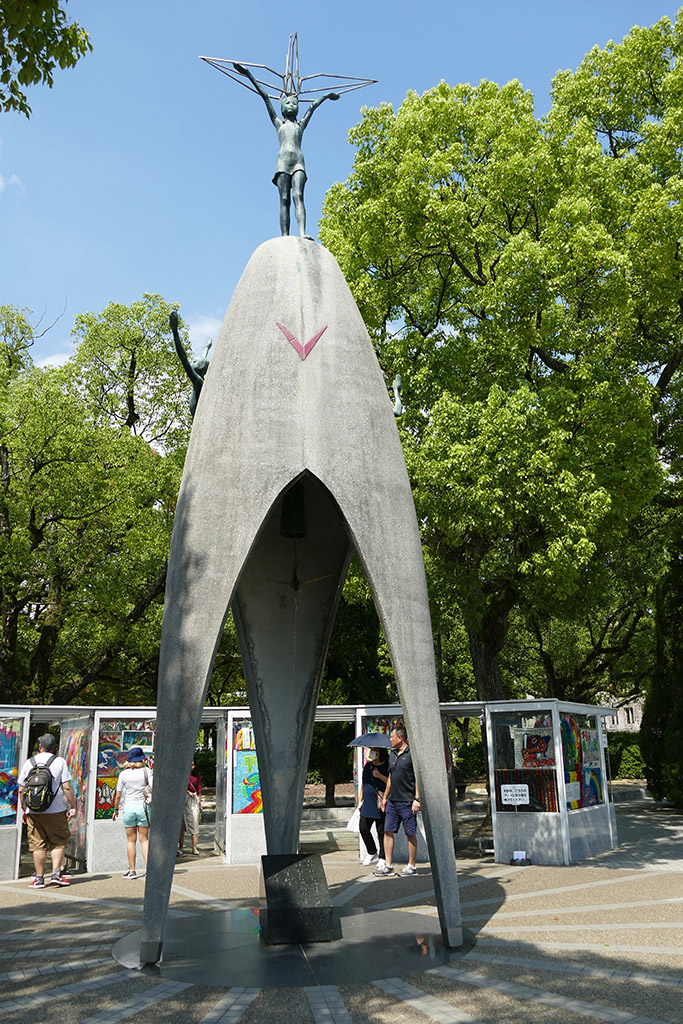
The most moving one is, obviously, the Children’s Peace Monument.
It’s the statue of a girl with a folded paper crane rising above her.
It was inspired by the true story of Sasaki Sadako who suffered from Leukemia as a late effect of the nuclear attack.
A Japanese legend promises anyone who folds a thousand paper cranes will be granted a wish by the gods.
Sadako folded more – but her humble wish of being alive was not granted.
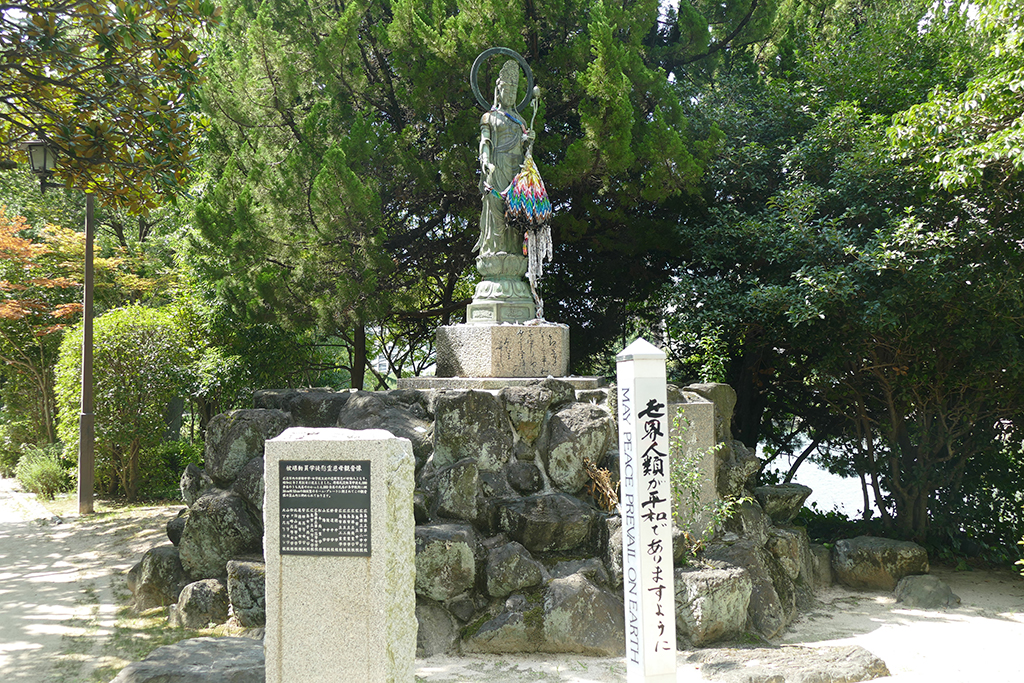
To this day, people from around the world fold cranes, sending them to Hiroshima where they are placed in glass containers around the statue.
The Hiroshima Peace Memorial Museum
On the southern end of the Peace Memorial Park is the Hiroshima Peace Memorial Museum. It graphically explains what happened on the morning of August 6, 1945, as the nuclear bomb, cynically called Little Boy, was dropped on the city. Within seconds, it changed the faith of Hiroshima’s citizens – for decades.
The museum was established in 1955 and is one of the most popular destinations for school field trips from all over Japan and, of course, tourists.
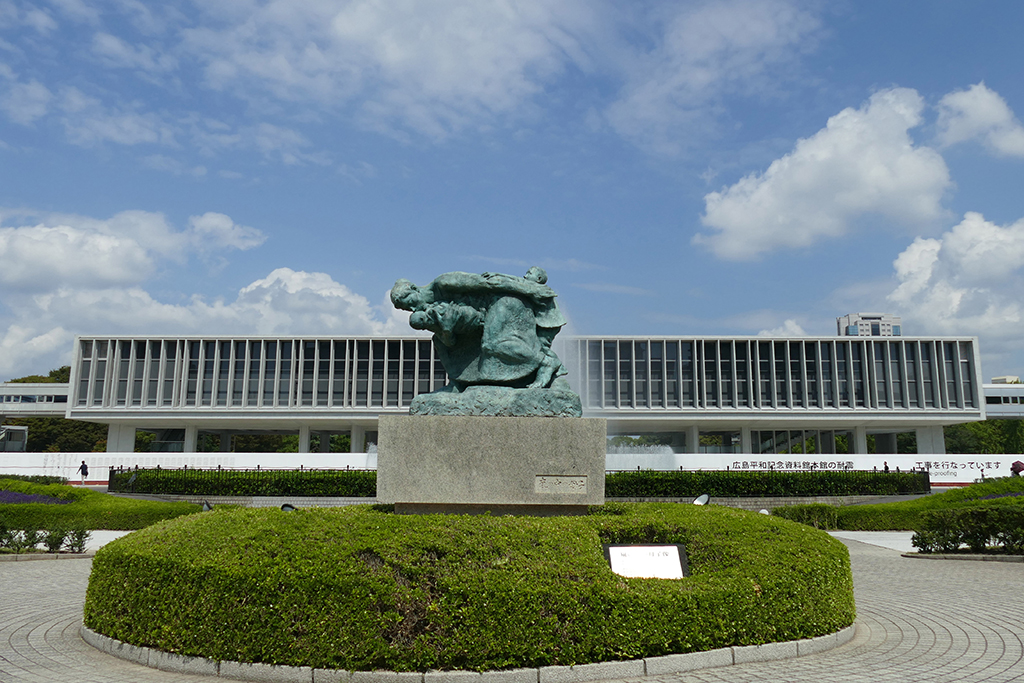
The exhibitions deal only with the aspect of the nuclear bombing of Hiroshima and unfortunately leave out the historical context. For instance, there is no explanation for why the city of Hiroshima was the chosen target. The – very cynical – reason is that Hiroshima was one of few strategically and militarily important bases that had not been bombed during the conventional air raids. Therefore, the effects of a nuclear bomb could have been seen more clearly and purely.
Lasting Destruction
Anyway, while the exhibition leaks historical background, the pictures of the victims, their stories, and the displays of their belongings are heartwrenching.
There are items made of wood, metal, glass, and even stone showing the power of the destructive heat rays. However, the most shocking narratives are those of the immediate and also long-term effects of radiation.
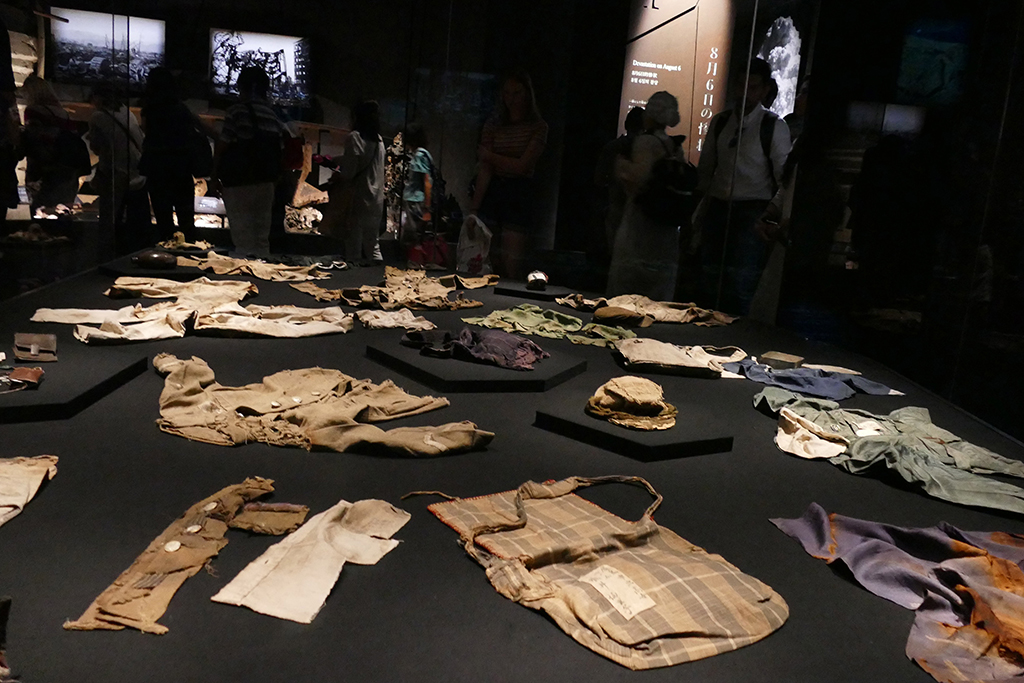
Of course, even before visiting the museum, I was aware that nuclear power is no joke and that the consequences are far more destructive and severe than from conventional bombing – which I’m not a fan of, either. After all, we often don’t visit museums to learn new things, but also to confirm what we already know; and that’s fine. But even with the background knowledge, it is a whole different story seeing the faces of people who painfully croaked from the unbearable drought in their throats, pain in their guts, and bleeding from their skin. Toddlers, school kids, teenagers with their entire life before them.
So yes, it’s very sad that humanity did not have these sights and stories in mind when bombing Aleppo, Baghdad….just to begin the alphabet.
Hiroshima Peace Memorial Museum
1-2 Nakajima-cho
Naka-ku
Hiroshima 730-0811
Phone : +81 – 82 – 241 40 04
The museum is open daily from 8.30 a. m. to between 5 p. m. and 7 p. m. – depending on the season.
The entrance fee is only 200 Yen.
The Atomic Bomb Dome
What today is the Genbaku, the Atomic Bomb Dome, used to be an exhibition hall, designed by Czech architect Jan Letzel and completed in 1915 as the Hiroshima Prefectural Commercial Exhibition. It was located in the heart of Hiroshima’s business district.

After the nuclear bombing, the building was the only structure left standing near the bomb’s epicenter.
In 1966, after some controversy, if to tear the remnants down, the Hiroshima city council decided to preserve it as a memorial landmark. In 1996, the Atomic Bomb Dome was registered on the UNESCO World Heritage List; yes, sadly a world heritage it is.

The Hiroshima Castle
Yap, another city, another castle.
The one in Hiroshima was constructed in 1589 and, obviously, destroyed in the atomic bombing. It was reconstructed in 1958, partly using original building methods and materials. There is the main keep, five storeys high from where you have a panoramic view of the city. And, of course, there is a moat on which you can take a boat tour around the castle. Yes, correct, an activity that you can enjoy in basically each and every Japanese city.
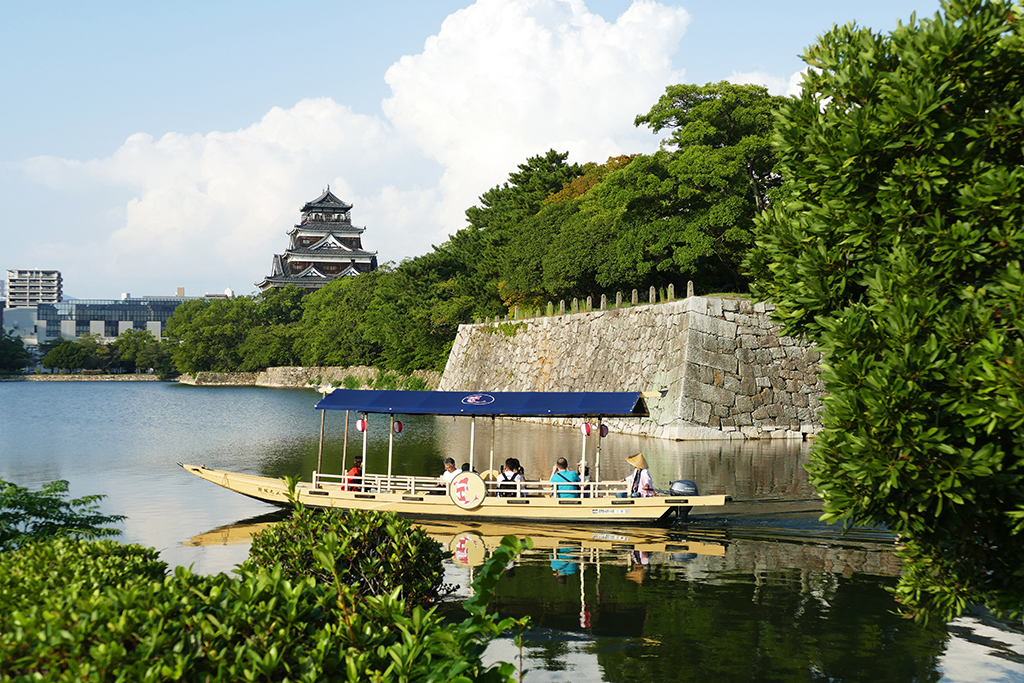
Within the castle’s premises are a shrine and some reconstructed buildings. There is a museum focusing on the Samurai – wait a minute: what happened to may peace prevail? As far as I’m informed, the Samurai weren’t the most peaceful bunch, were they?! And there are also Samurai shows taking place.
Hiroshima Castle
21-1 Motomachi
Naka Ward
Hiroshima, 730-0011
Phone: + 81 – 82 -221 75 12
The castle is open daily from 9 a. m. to between 5 p. m. and 6 p. m. – depending on the season.
The entrance fee is 370 Yen.
The Hiroshima Jail Wall Painting
So while there is a castle in each and every city, Hiroshima has a truly unique landmark: The wall of the Hiroshima Jail.
As a matter of fact, there is a connection to the castle since the wall painting was commissioned on the castle’s 400-year anniversary in 1989.
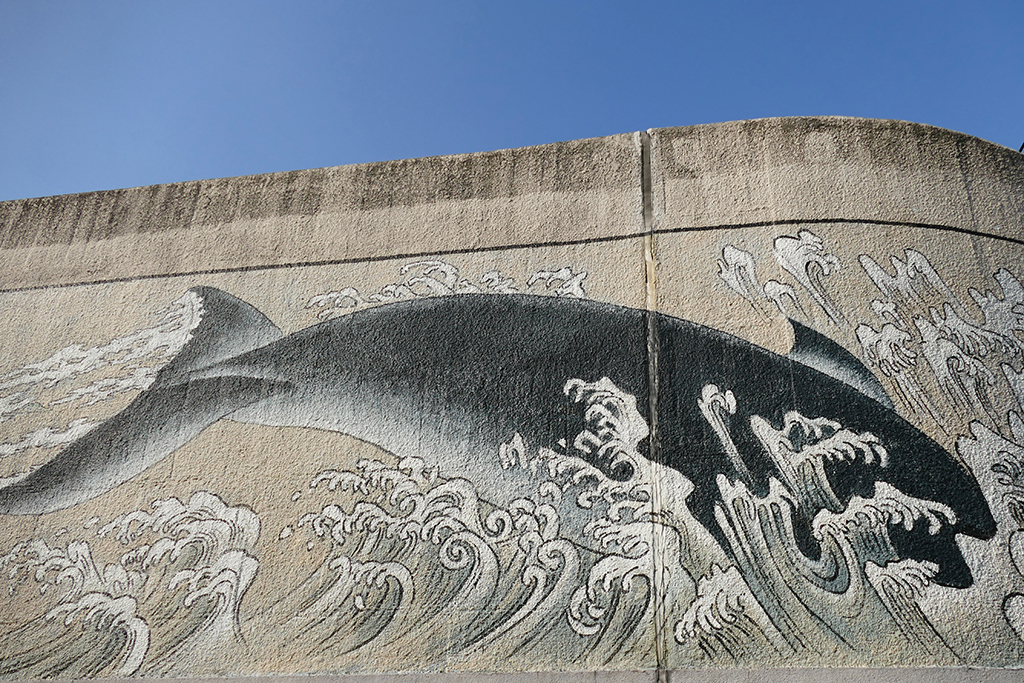
Hiroshima-based painter Tadayoshi Irino created on 180 meters pleasant and serene scenes from the Edo period.
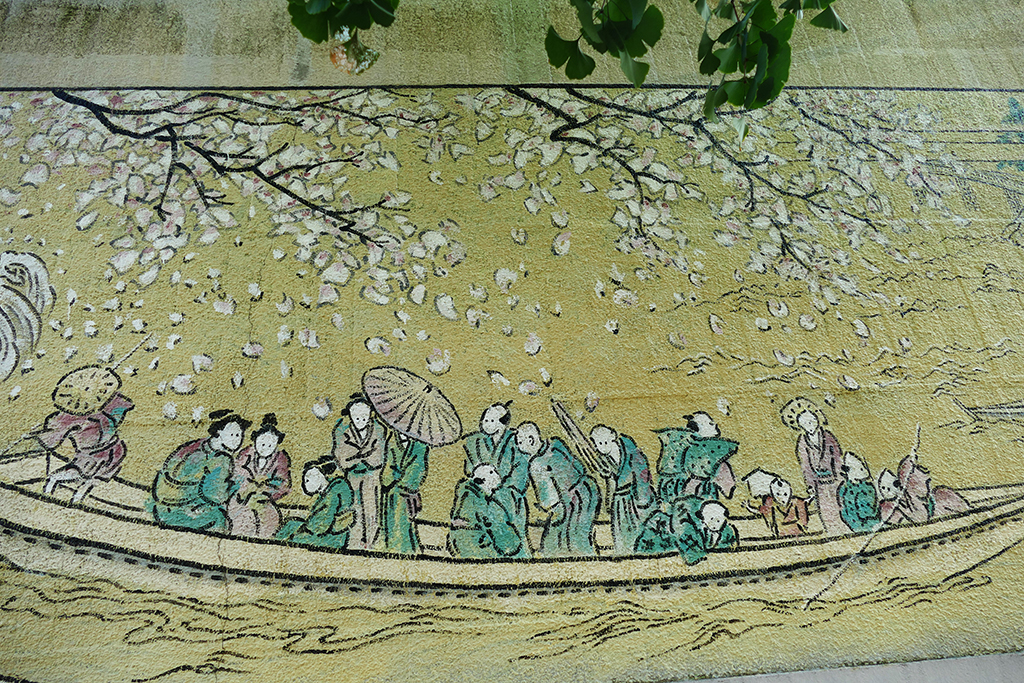
Clearly, people on the outside of the jail wall have the advantage to walk the 180 meters freely and admire the thorough work.
Actually, I’m afraid that’s not the only advantage that we people on the outer side of the jail wall have.
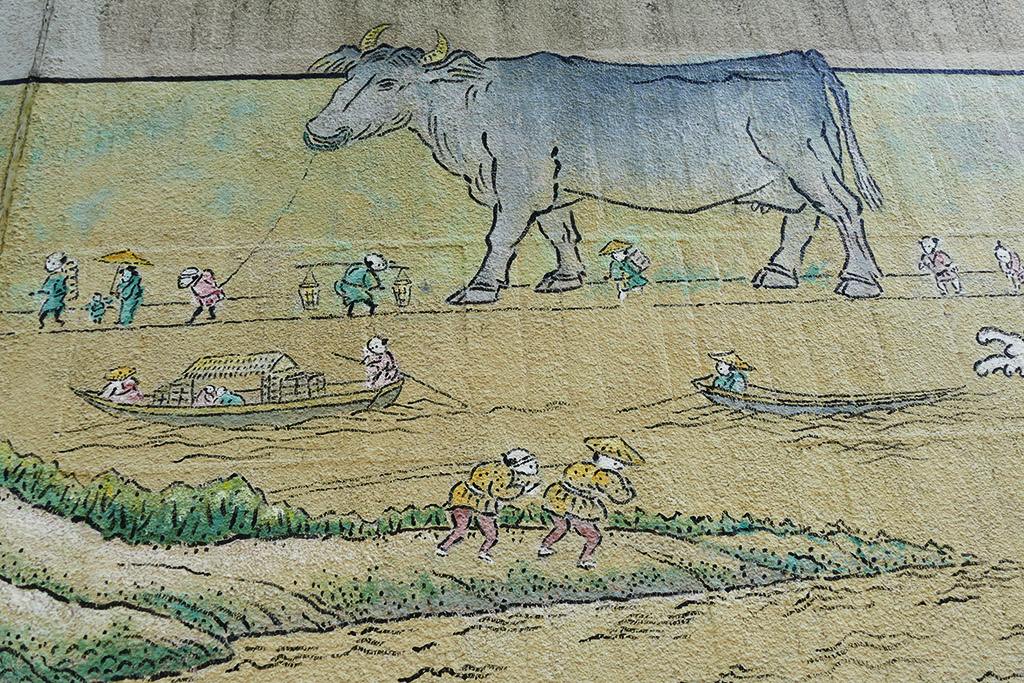
As a matter of fact, the jail is not on the bus loop, but it’s located about halfway between the castle and the Shukkeien Garden so if you walk that way, it’s totally worth a short detour.
The Shukkeien Garden
Now, everybody knows about the beauty and perfection of a Japanese garden and you’ll find all this at Shukkeien.
Shukkeien translates to miniature garden. It actually looks as if that vast greeneries were shrunk into a model of a landscape. There are mountains and valleys, forests and bushes, a pond, and many scenic bridges. By thorough cultivation, the garden mimics a variety of scenic formations.
Lord Asano Nagaakira commissioned Shukkeien in 1620.
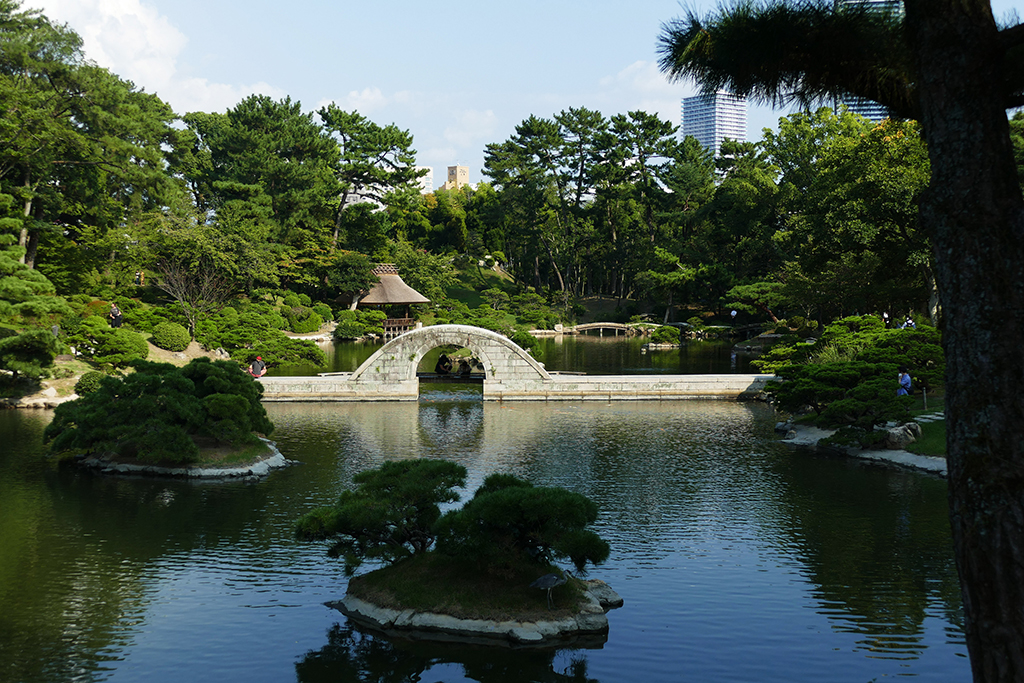
In 1940, the Asano family donated Shukkeien to Hiroshima prefecture. Then, the garden was open to the public.
During the nuclear raid, obviously, also Shukkeien was damaged. It then became a refuge for the war victims.
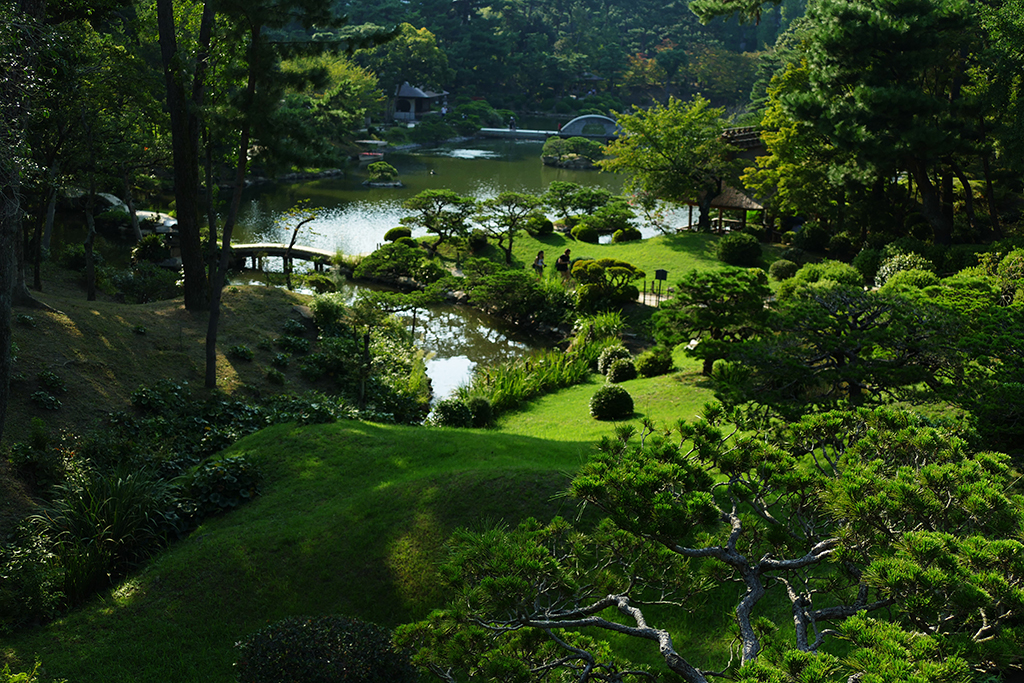
It has then been restored and reopened in 1951.
The garden is adjacent to the Hiroshima Prefectural Art Museum.
Shukkeien
Yubinbango730-0014
Naka-ku,
Hiroshima
Phone: + 81 – 82 – 221 36 20
The garden is open daily from 9 a. m. to between 5 p. m. and 6 p. m. – depending on the season.
The entrance fee is 260 Yen.
The Hiroshima Prefectural Art Museum
The Hiroshima Prefectural Art Museum was founded in 1968 and is one of the city’s three important art museums.
Conveniently located next to the Shukkeien gardens, the museum owns about 4,800 pieces of art, mainly associated with the Hiroshima prefecture, but also Japanese and Asian art and craft in general.

So I visited the gardens in the afternoon, took a walk to the castle, had an early dinner, and then I paced back to the museum. It was Saturday, hence, in the evening, the English Kagura is on. Didn’t wanna miss that!
A Night at the Kagura
Kagura is a dance performance accompanied by special music. As a matter of fact, the storyline is not very complex, it’s basically always good against evil – and take a wild guess who wins in the end. Someone is always saved, conquered, or defeated.
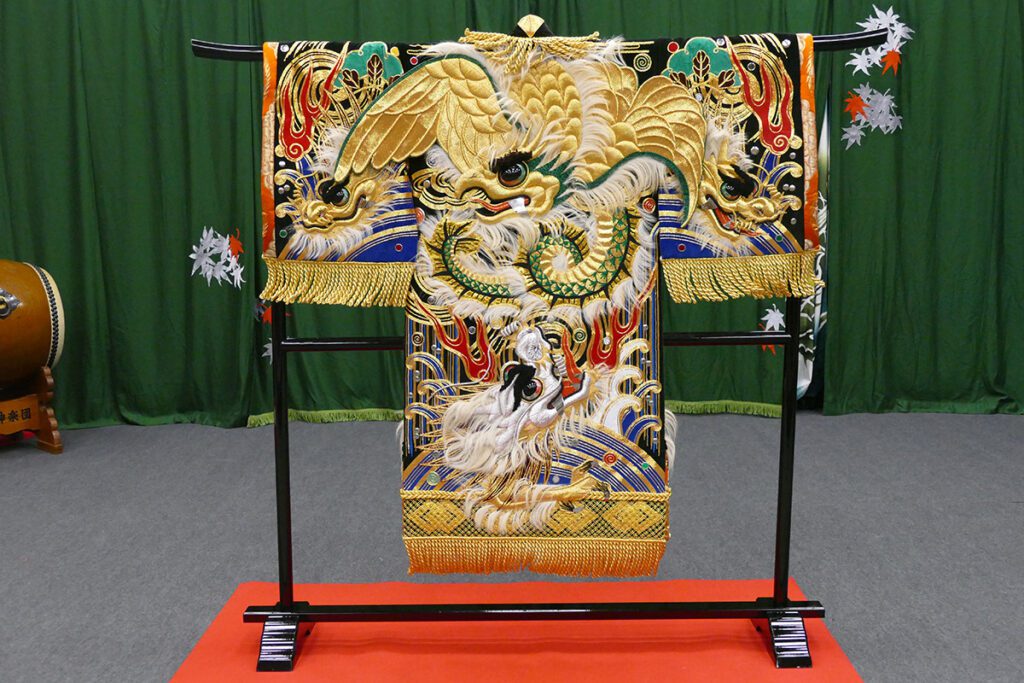
Therefore, it’s actually not really necessary to attend English Kagura, you’ll get the story from the moves, the masks, and the costumes. However, a great extra to those visitors from foreign is the opportunity to ask the performers and musicians all the questions you have – after the show, as soon as they are able to catch their breath again.

As a matter of fact, the evening at the Kagura performance was one of the highlights of my entire Japan trip. Therefore, I dedicated an entire post to this fantastic spectacle.
Hiroshima Prefectural Art Museum
2-22 Kaminoboricho
Naka Ward
Hiroshima, 730-0014
Phone: + 81 – 82 – 221 62 46
The museum is open from Tuesday to Sunday from 9 a. m. to 5 p. m., Fridays till between 7 p. m. and 8 p. m. – depending on the season.
The entrance fee varies according to the exhibitions.
Note: Besides the Prefectural Art Museum at Shukkeien, there is also the Hiroshima Museum of Art – just a stone-throw west of the garden. Sadly, I had a rather limited amount of time to explore the city. Therefore, I preferred to visit the other two art museums since they introduced more Japanese art while the Hiroshima Museum of Art held an exhibition on impressionism. As a matter of fact, I’m based in Europe where museums are packed with all those Manets, Monets, and Renoirs.
However, if you are interested in visiting – the loop bus stops there, too.
The Hiroshima City Museum of Contemporary Art
Interestingly, the Hiroshima City Museum of Contemporary Art was the first public museum in Japan to be devoted solely to contemporary art. Built in 1989, the gallery was designed by celebrated Japanese architect Kisho Kurokawa.
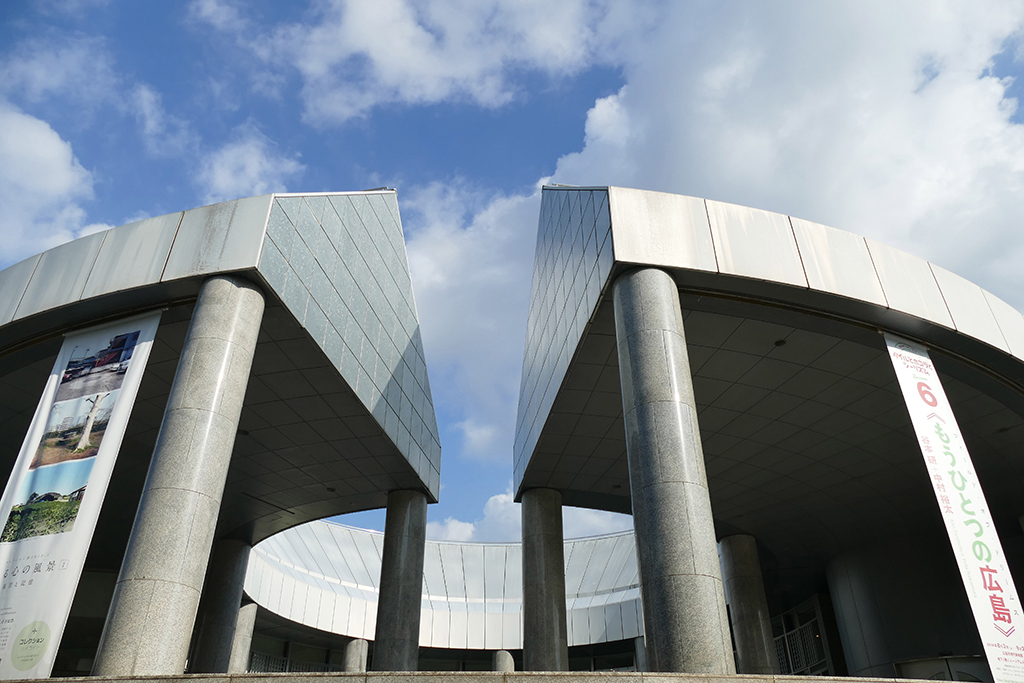
Located in Hijiyama Park, it is the last stop on the bus loop and served only by the orange line.
Since this service is quite limited, a better option might be taking a tram to the Hijiyamashita stop and then just walking uphill.
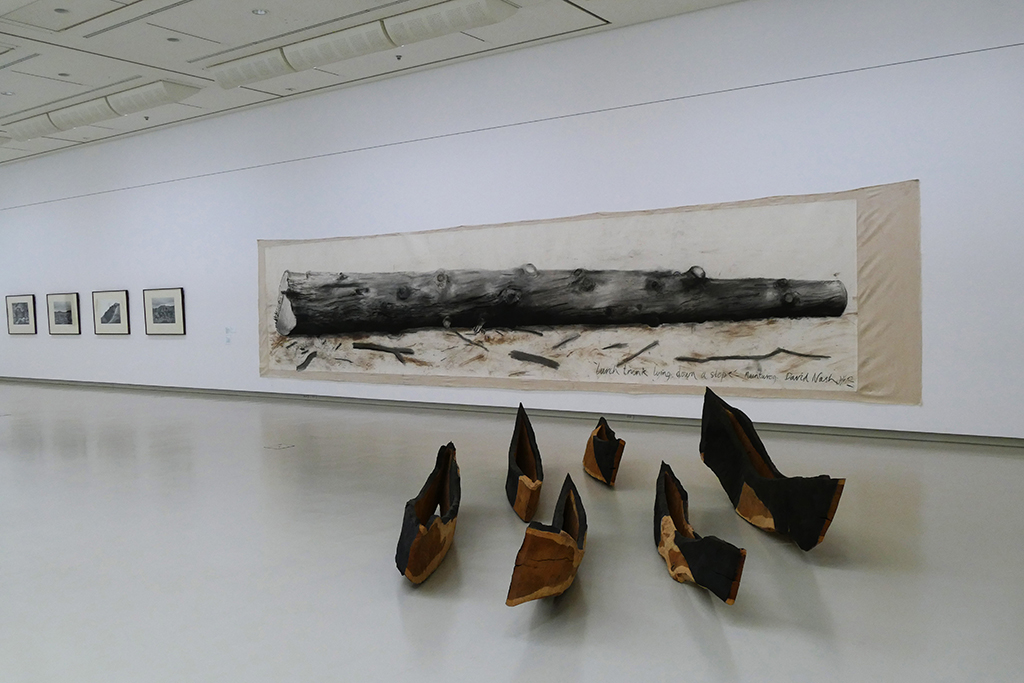
The indoor galleries feature an interesting collection of mostly Japanese artists but also international painters such as Andy Warhol, Frank Stella, and Donald Judd.
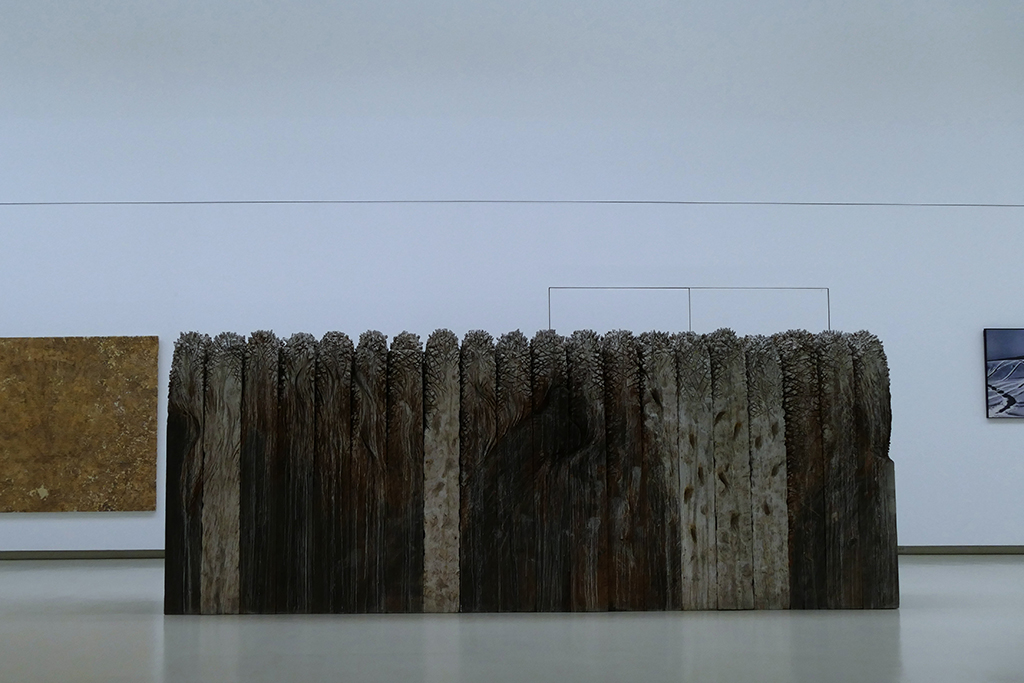
I must say that I found the sculptures on the terrace around the main building even more impressive and enjoyed them a lot; by the way, these can also be seen for free.


Hiroshima City Museum of Contemporary Art
1-1 Hijiyama Koen
Minami-ku
Hiroshima 732-0815
Phone: + 81 – 82 – 264 11 21
The museum is open from Tuesday to Sunday from 10 a. m. to 5 p. m. and the general entrance fee is 370 Yen. The sculpture terrace can be visited for free.
Day Trip to Miyajima
If I would tell you to go on an outing to Itsukushima, you would probably ask yourself why I’m sending you to this place nobody ever heard of, right? Wrong! Itsukushima is an island most people do visit once they are in Hiroshima – but it’s far better known as Miyajima which translates to Shrine Island.
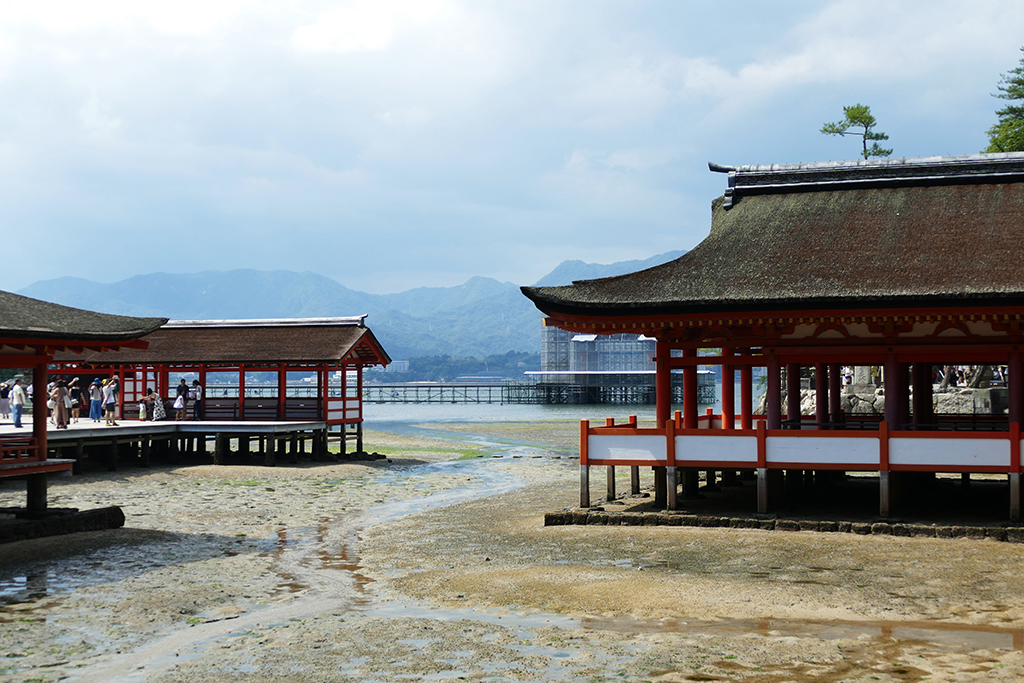
And it actually was the famous Itsukushima Shrine with the famous ‘floating’ Torii that I wanted to see.
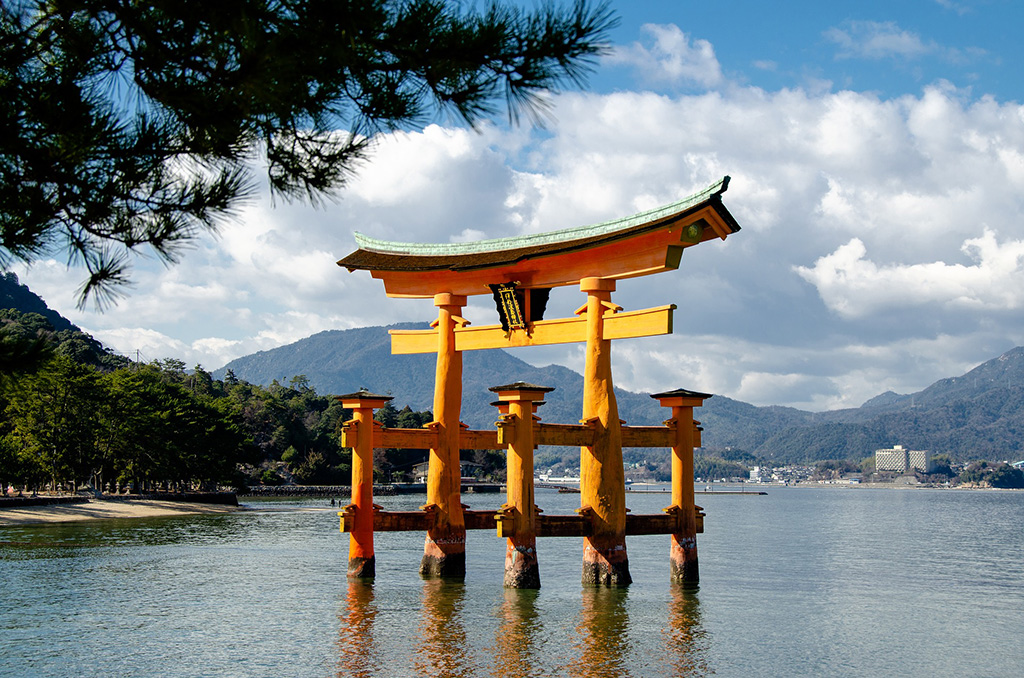
The giant Torii, which during high tide looks like floating on the water, is Miyajima’s most important landmark – actually, one of the most famous landmarks in all of Japan and – besides the Pine-clad islands of Matsushima and the Sandbar of Amanohashidate – supposedly also one of Japan’s three best views; whoever determines these things.

But even with the Torii wrapped in some semi-transparent foil, there is still a lot to see and to do on Miyajima; and to eat, this shouldn’t be forgotten.
Snacking
I got up quite early to beat the crowds – but this doesn’t seem to be such an ingenious trick since it was packed. Everywhere. On the local train from Hiroshima station to Miyajimaguchi station as well as on the ferry. And, obviously, on the island itself.
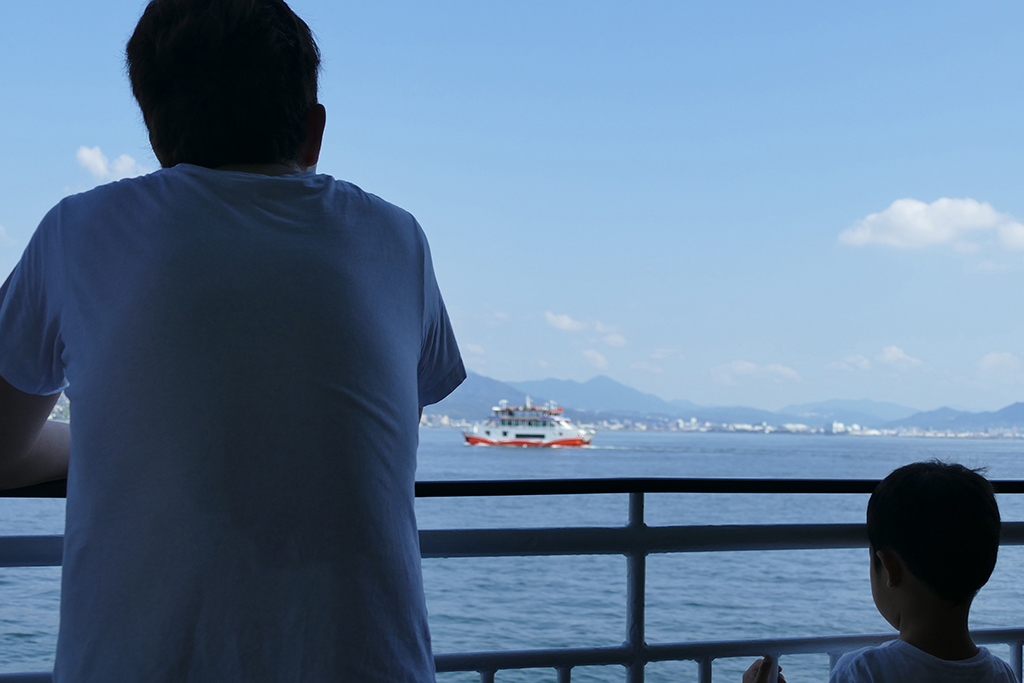
Whereby, I must admit that it was Sunday so not only international tourists were visiting but also many Japanese were on a weekend outing.
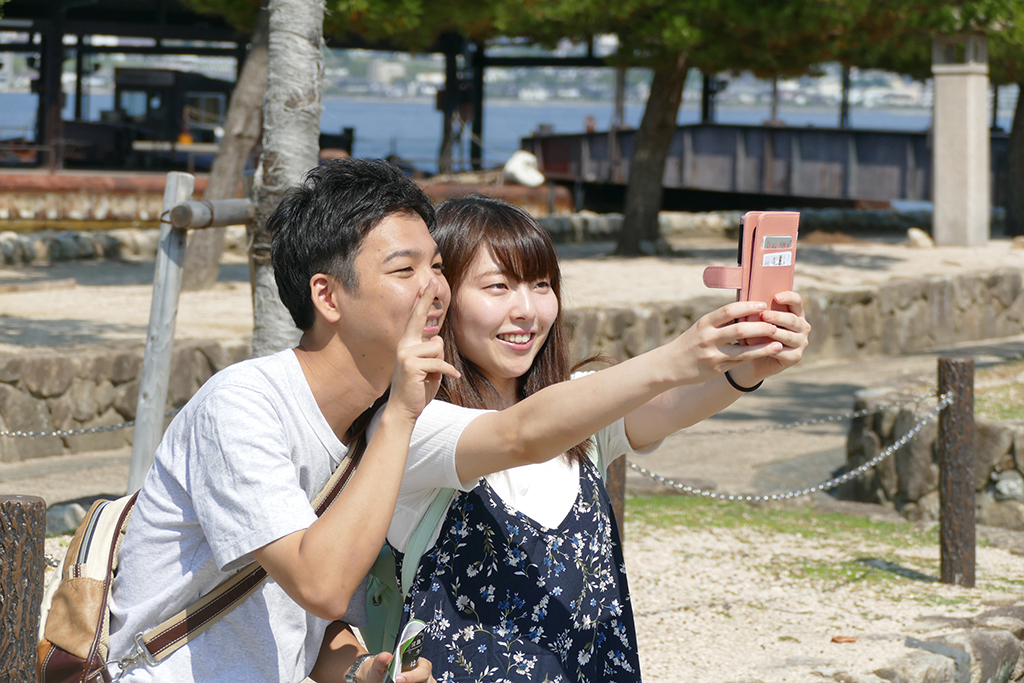
Once on the island, I followed the crowds south, checking out the souvenir stands and snack booths: Maple leaves in abundance – no, not the real ones!

A delicious, tender pastry in the shape of a maple leaf called Momiji is the region’s most iconic snack’n’souvenir. You get them to eat on the spot – either plain or stuffed with all sorts of more or less exotic fillings – or in lovely packages to take home to your loved ones.
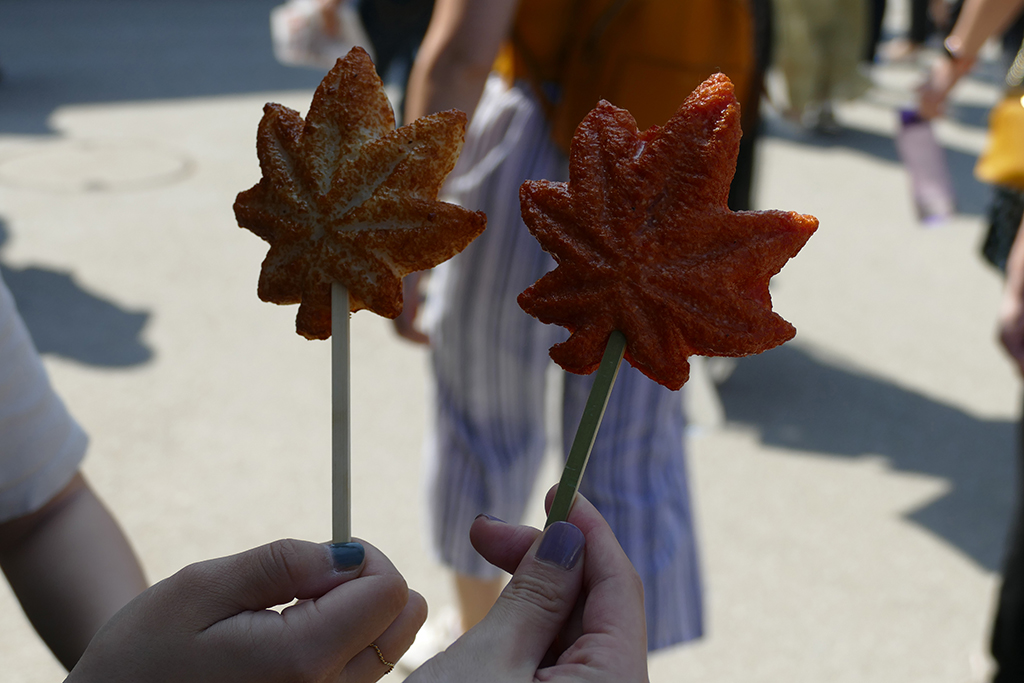
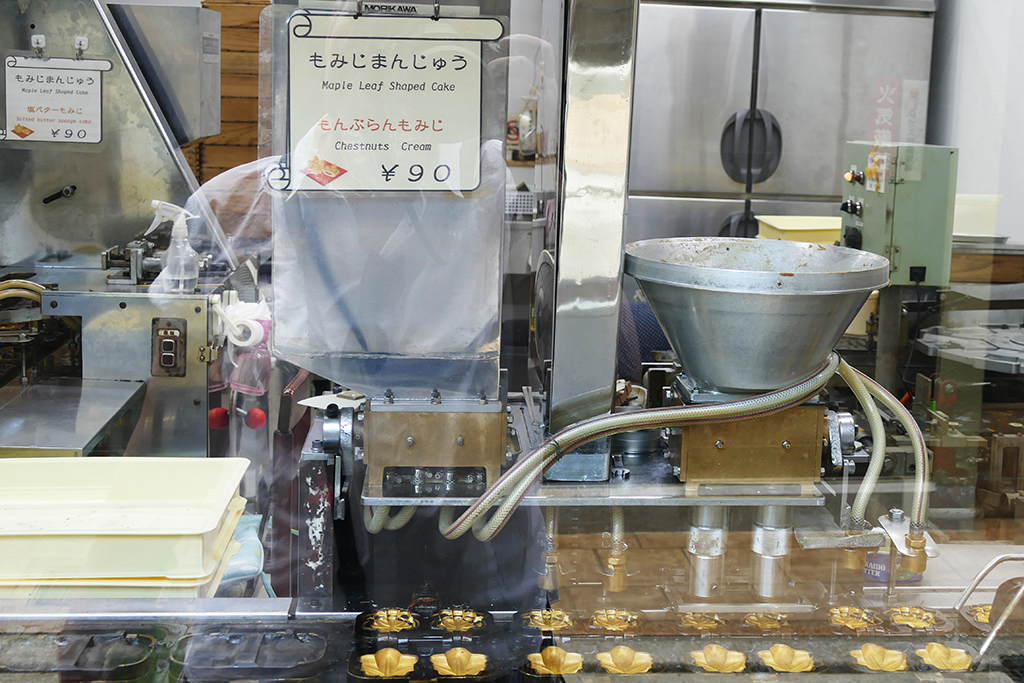
Other specialties – that should preferably be eaten asap – are oysters and squids.
I got both: Maple leaves for the loved ones and a nice squid on a stick in touch of self-love.

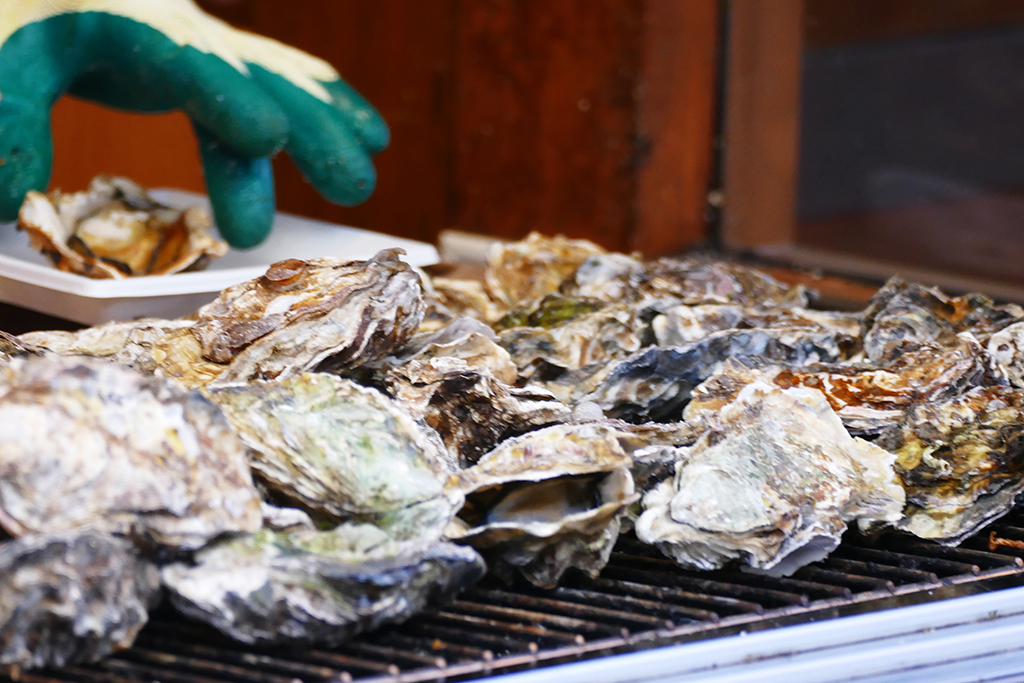
Beating the Crowds
Walking and snacking, I tried to ignore the massive crowds – until I got to the first important landmark, the Itsukushima Shrine where about 300 people were waiting in line. It was noonish, it was hot, there was no shade, and those patiently waiting crowds were literally frying in the sun.
No way, no Shrine for me.
I turned left, walking away from the shore and the crowds inland towards the mountains.
Actually, Miyajima is also a great place for hiking and since most people come here to visit the temples and eat themselves sick, you have the trails to yourself as soon as you engage in some sort of sportive activity; just a tip for those who don’t mind hiking 1.5 to 2 hours up to Mount Misen.
Did I mention it was noonish and very hot?
I didn’t feel like hiking uphill for two hours. Nonetheless, I wanted to go up the mountain – to look down.
For visitors like me, the good people of Miyajima installed a ropeway that takes you to a mountain station from where you can continue to the summit.

Did I mention it was Sunday?
Obviously, space in the ropeway cars is limited. Smart people had made reservations online. I was not one of them.
Lucky Number
‘Your time slot is at 2 p. m.’ What? That’s in two hours! What am I supposed to do for two hours? ‘Can’t you just squeeze me in? I’m by myself. Please! Pleasepleaseplease!?’ Oh, who was I kidding, this was Japan, they don’t ignore time slots supplied by machines, they don’t disobey rules, and they don’t just squeeze one more person in. Okay, grumpily I took the small paper with the ugly 2 on it and turned.
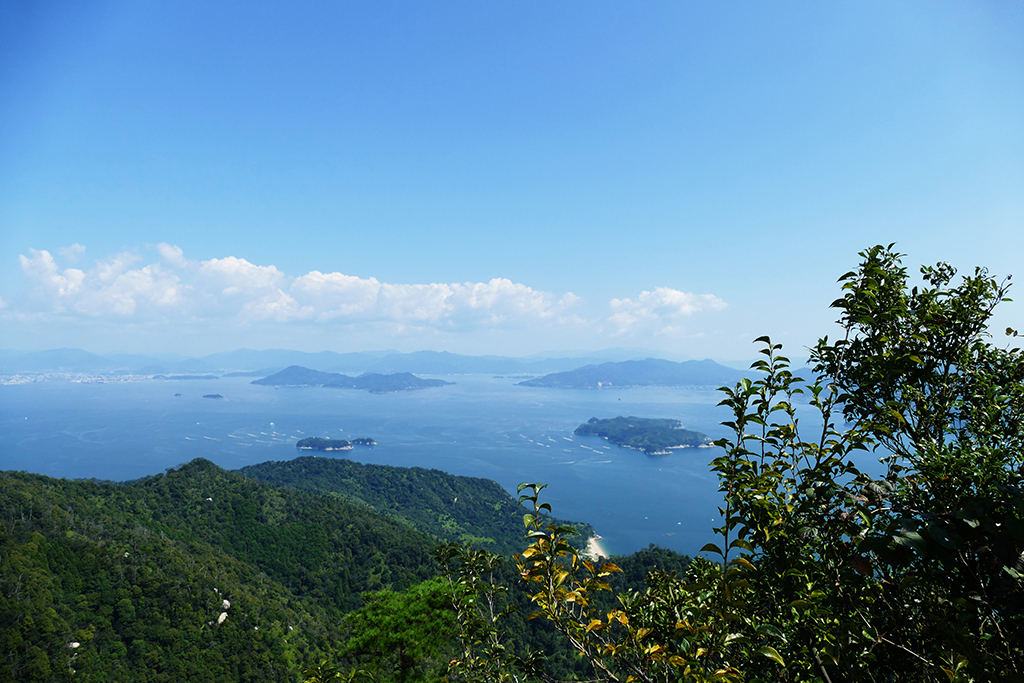
‘You! Wait!’
Who, me?
‘Look’, ordered the man who had handed me the small paper and pointed at the screen in front of him. I looked over his shoulder as commanded: There were two places available in half an hour – the very moment I had accepted the small paper with the ugly 2 on it, some people had canceled their reservation and I was on board. Figuratively. And only 30 short minutes later also literally – up I went to Mount Misen.
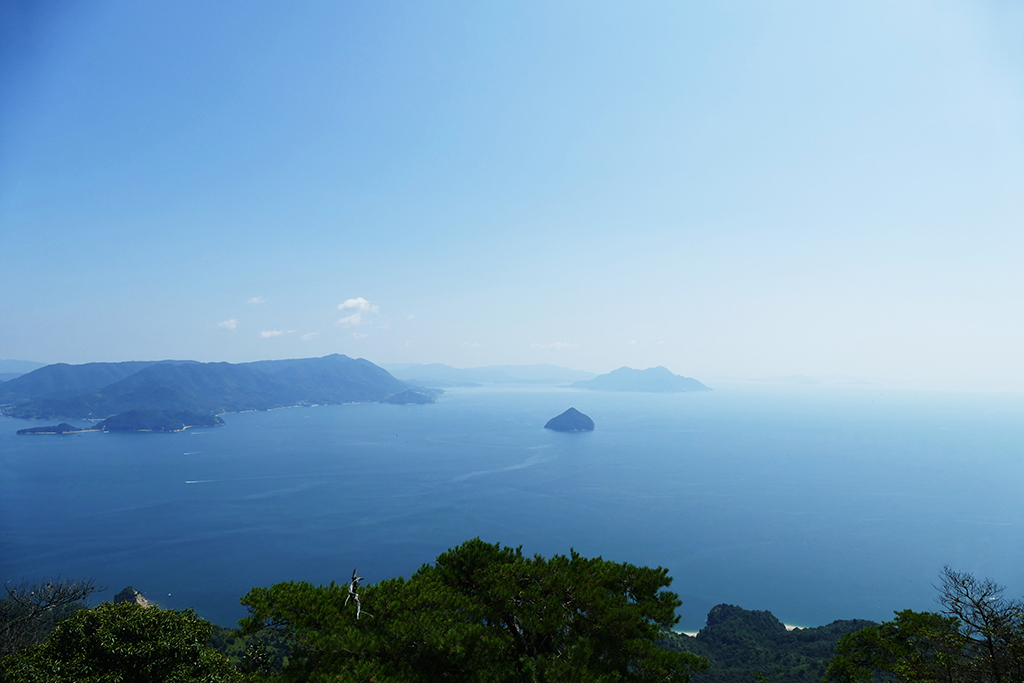
I had spent maybe 45 minutes on Mount Misen. I did not hike to the summit – did I mention it was really hot? – but had enjoyed the grand views of the Hiroshima Bay.
Itsukushima Shrine
However, as I came back down, there was only a handful of people waiting for the next car up, and in front of the Itsukushima Shrine, a group of four people was buying tickets.
I was next in line.

This is not a miracle, that’s something that happened a couple of times to me. The crowds often seem to come in waves.
So here’s a recommendation I’d really like to share: If you get to a place and it’s really, really packed and lines are really, really long, go and do something different. Then, come back after let’s say an hour.
I’m one of the world’s most impatient people and waiting in line for me is torture. But it happened to me more than once that when I came back to a spot after a while, the lines had dissolved and I was able to just walk in.
Of course, this doesn’t work always and I wouldn’t recommend it if you need to take a train. But in some spots, it really worked very well.
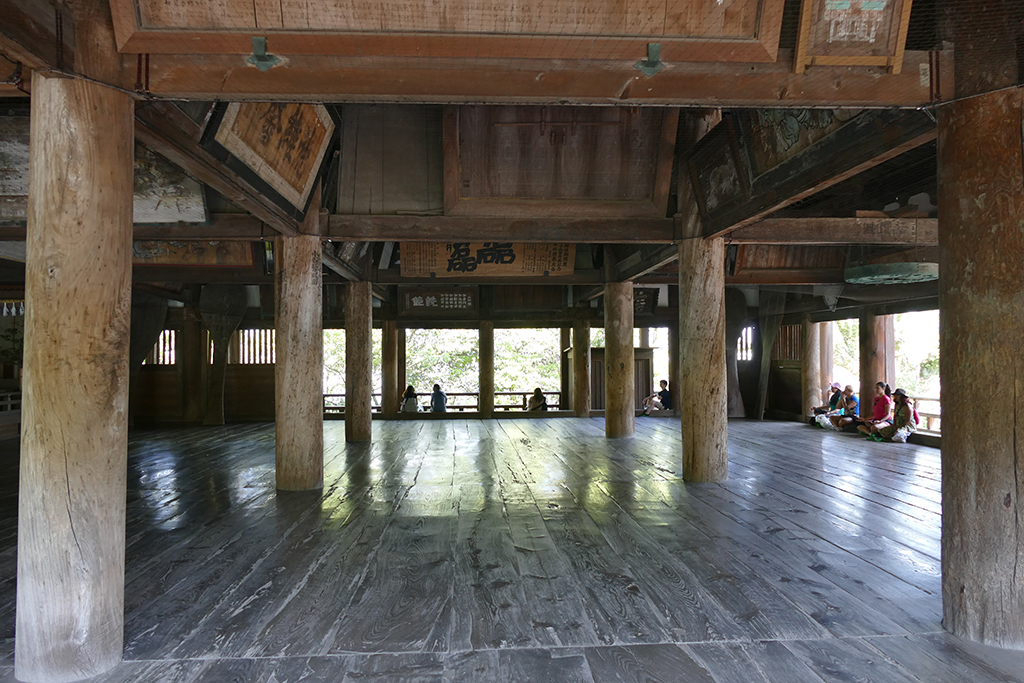
More Landmarks
Just a stone’s throw from the shore is another pretty impressive structure, the Senjokaku which translates to the Pavilion of Thousand Mats. This hall, constructed as a Buddhist library and actually never fully completed, is Miyajima’s largest building.
There are many beautiful votive picture tablets hanging from the ceiling dividers.
Visitors use the special atmosphere for a short meditation – or just to rest.
Right next to Senjokaku is Gojunoto, better known to visitors as the Five-storey Pagoda, built in 1407 and therefore actually predating Senjokaku.
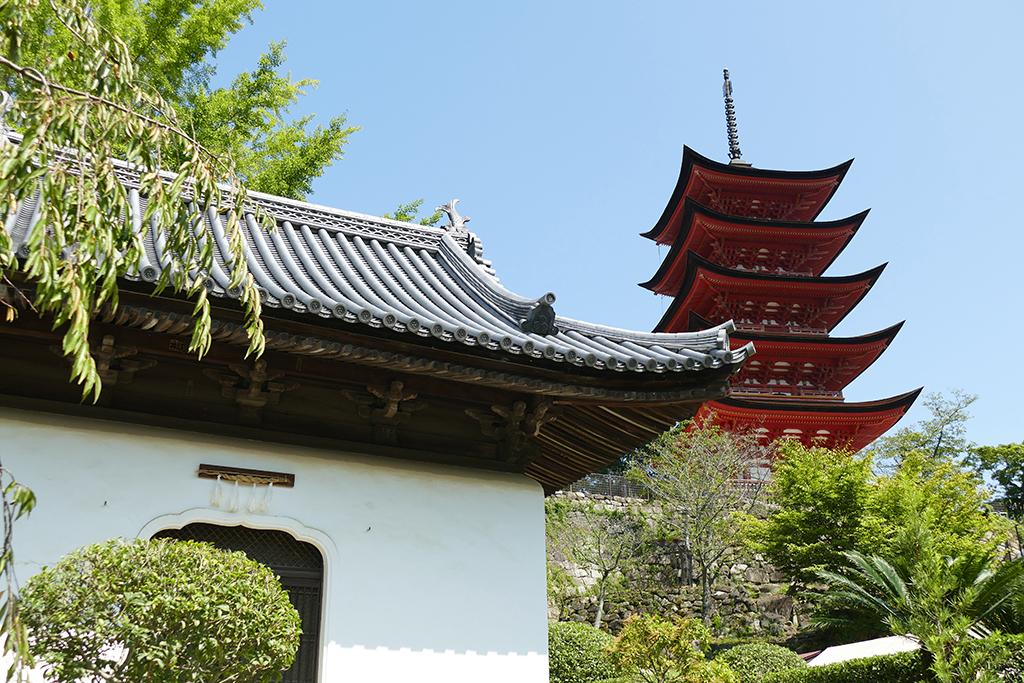
About 200 years earlier, the Daiganji Temple, located east of the Itsukushima Shrine complex, was constructed. It is one of the three most famous Benzaiten Temples in Japan.

Especially these very touristy places that get many daytrippers are more enjoyable when you spend the night. On the other hand, my experience in Takayama, and especially in Shirakawago was that as soon as the crowds are gone, the places close basically everything down and become a ghost town. Since I did not spend the night there, I cannot judge if Miyajima is the same.
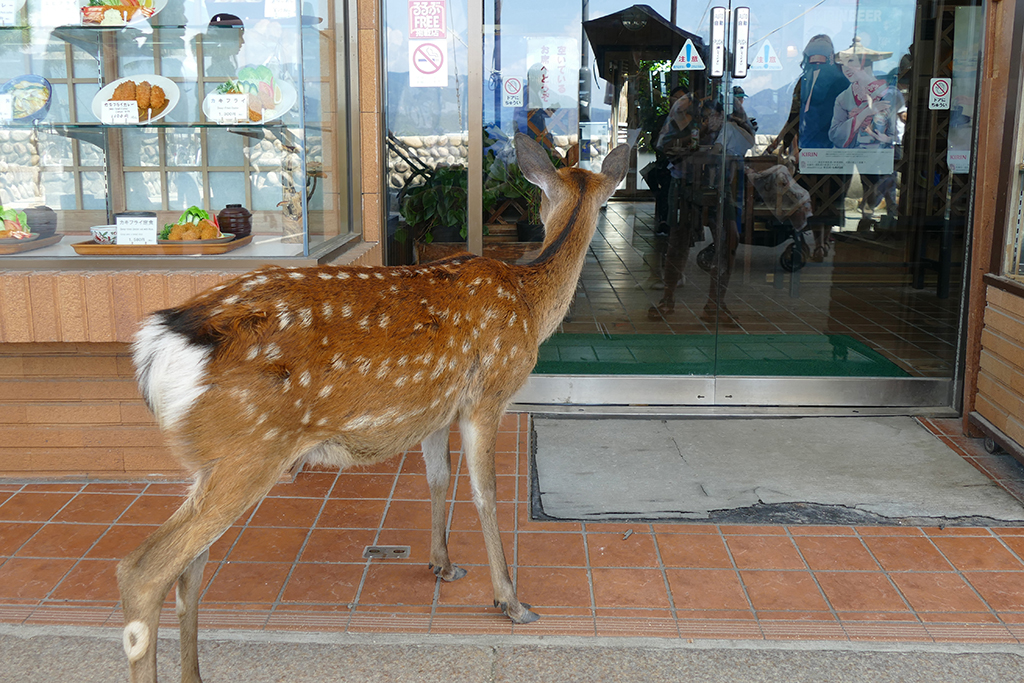
I’ve heard that in the evening, it becomes quiet and peaceful – I wonder if this means dead. Anyway, I did not spend the night since I was not able to find accommodation suiting my budget. All the guesthouses and Ryokans were super-expensive.

Practical Information
How to Get There
I’ve never heard of anybody flying into Hiroshima, albeit, there is an airport. It’s located about 50 kilometers east of the city in Mihara. There are only a few international Asian airlines and, of course, Japanese companies flying to HIJ. To get downtown, there are two different buses going either to
Hiroshima Station or the Hiroshima Bus Center in under one hour. Either fare is 1,300 Yen one way or 2,360 Yen round trip – albeit the return ticket is valid only for seven days.
Most visitors are coming from another Japanese city and mostly take a train or an overland bus. Public transportation in Japan is very reliable, safe, and clean. However, it is not cheap: A one-way trip from Tokyo to Hiroshima on a regular Shinkansen is about 18,500 Yen one way; now you understand why a JR pass pays off so fast – for one week, it costs as much as this roundtrip. Read more about the JR pass in my main post on Japan.
A bus ride can set you back up to 8,000 Yen – although it’s mostly a bit cheaper.
How to Get Around
Here we go again, using the good old JR pass: If you have one, you can take the loop buses for free. As you enter the bus, you hand your pass to the driver – who actually takes out his little compact camera and shoots a nice picture of your pass – and you’re good to go.
If you don’t have a JR pass, one ride costs you 200 Yen – but there are day passes for only 400 Yen – however, only valid on these loop buses which are great and free – but, unfortunately, not as frequent as regular city buses.
Of course, in Hiroshima, there is a great, reliable system of buses and streetcars for about 200 Yen per trip.

Obviously, there are also day passes and the variety is as confusing as in any other Japanese city: There is a day pass for the tram for 600 Yen and one that’s combined with the passage to Miyajima that’s 840 Yen. These, however, are not valid on the JR lines and neither on the JR ferry nor on city buses.
Tourist Passes
Then there is the Astramline which sells day passes for 900 Yen and finally, there are the Tourist Passes that are valid on buses, trams, both ferries – only the JR trains and some long-distance connections like the airport buses are excluded. These passes start at 1,500 Yen for two days and go up to 6,500 Yen for four days – then again, this option does include the airport bus…. I think it’s best you check their site and decide what’s most convenient for you.
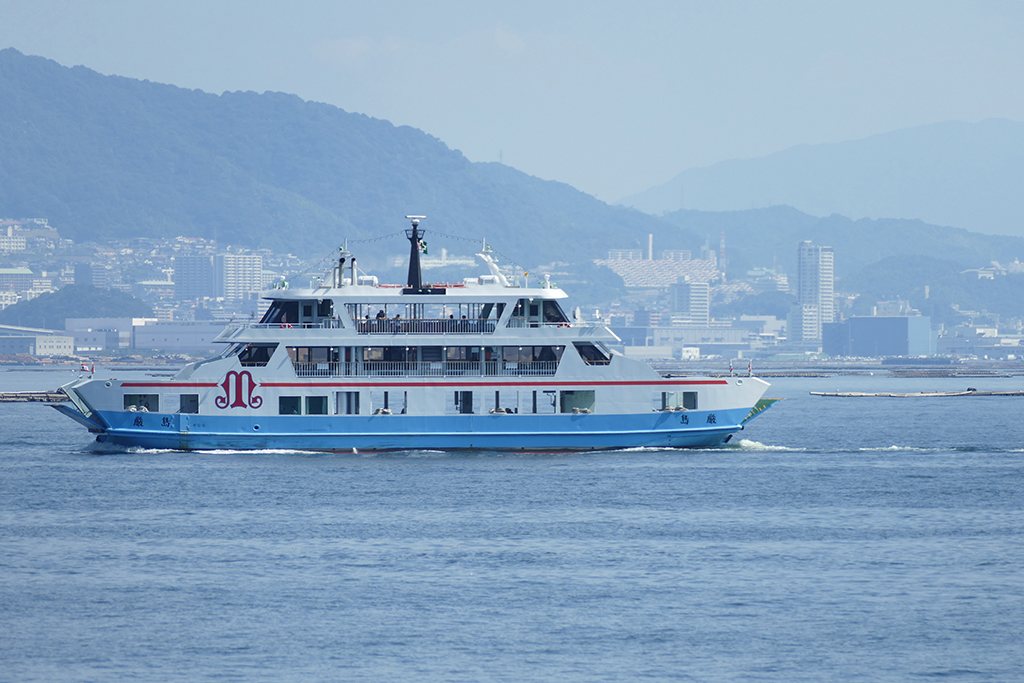
If you need further information, go see the ladies at the tourist information at the main station. They speak really good English and can explain to you everything you need to know.
Good Place to Stay
If I was brutally honest, the headline would be an okay place to stay – or a bearable place to stay.

The fact is that my room at the Kasuga Ryokan* was the shabbiest one of my entire trip to Japan – and by far not the cheapest one.
Yes, due to this living-on-the-floor culture, I’m not the biggest Ryokan fan, anyway, and when everything is a bit worn, it doesn’t make it better. Also, the Wifi in the room was a mess and only slightly better at the entrance door right next to the router where in the evening all the guests assembled to check their emails; which at least had this communicative where are you from? and where are you heading next? travel-charm to it.
Anyway, like everywhere else, I had slippers and a Yukata in my room as well as a pot with hot water to make myself tea.
So was there no upside to this joint? Yes, my friends, there was: It is in a great location – a five minutes walk from the Peace Museum so even someone like me cannot get lost: You get to the museum and take it from there. Also, since all the loop buses are stopping at the museum, having a JR pass, I practically spent no money on public transportation.
So the location is definitely a big plus.
Here you can check the Kasuga Ryokan’s rates and availability.* However, if you’d like to check out other valid options, you can do so on this map*:
Booking.comBest Place to Eat
Another city – and again not enough time to try it all.
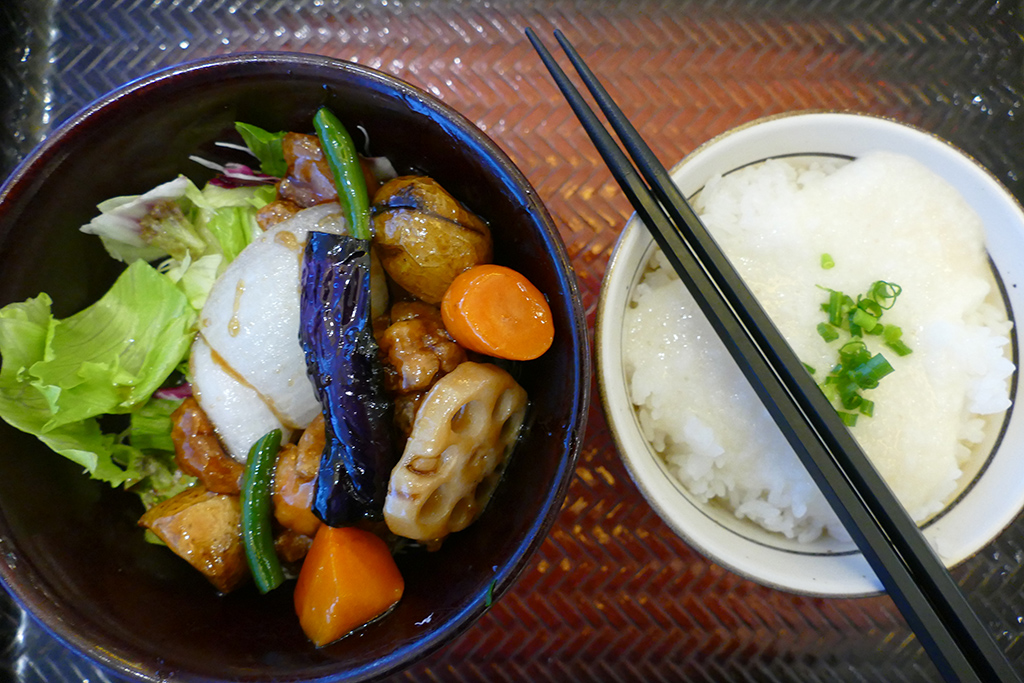
Especially around the Pacela shopping district, the Sun Mall, and the adjacent Hondori shopping street, the biggest problem you’ll face is picking one of the fantastic restaurants.
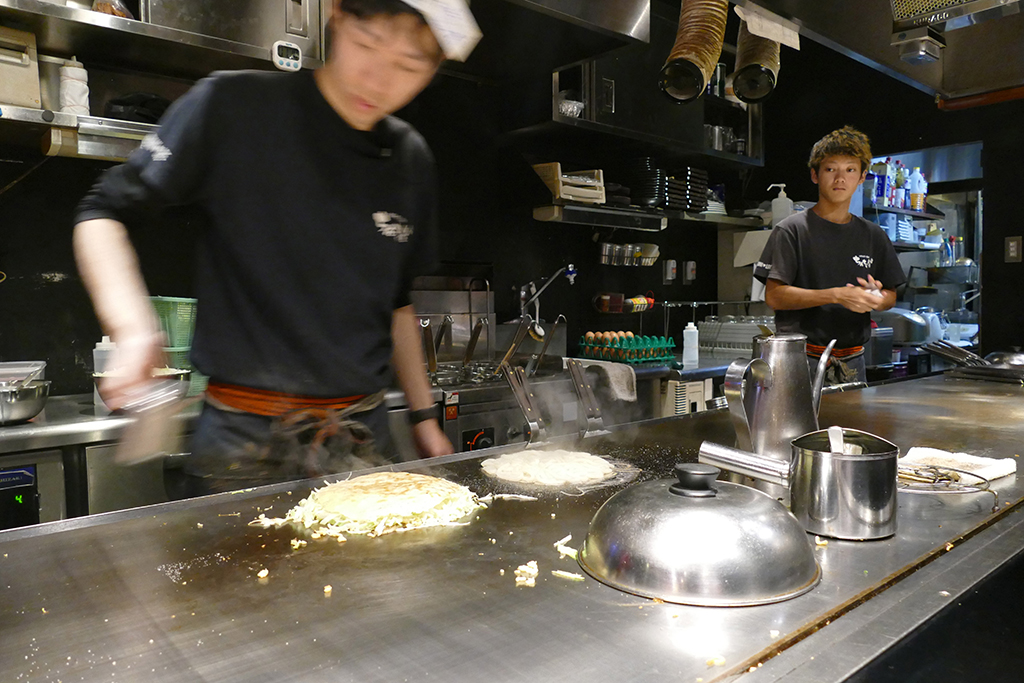
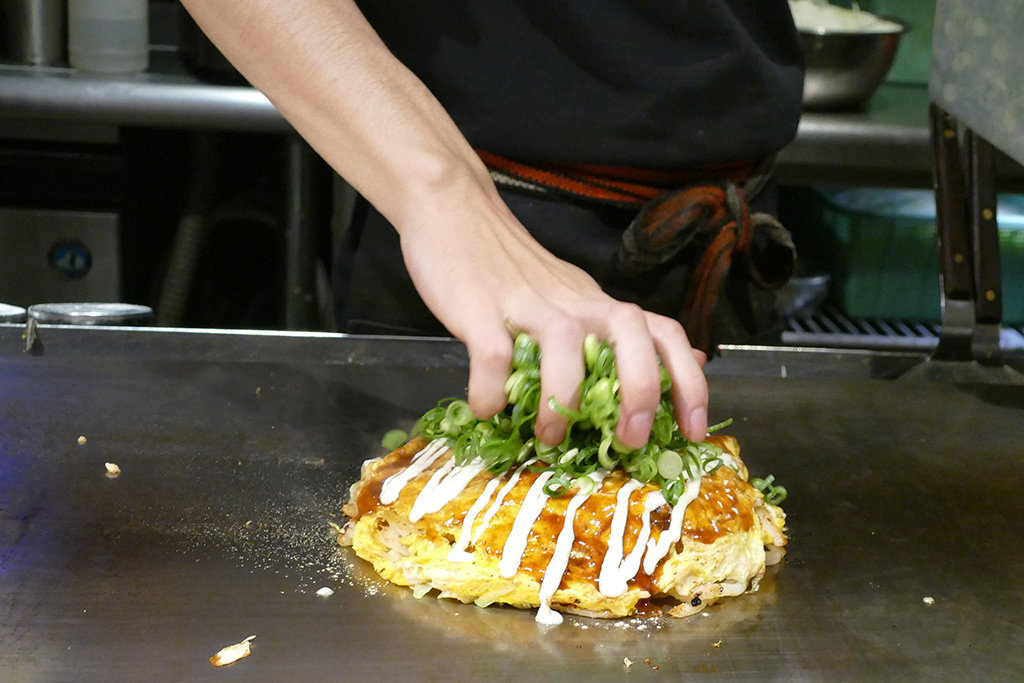
Kuraya Otemachi
Otemachi, 3 Chome−8−4
Naka Ward
730-0051 Hiroshima
Phone: + 81 – 82 – 545 22 42
Open daily from 11:30 a. m. to 2 p. m. and again from 5 p. m. to 11:30 p. m.
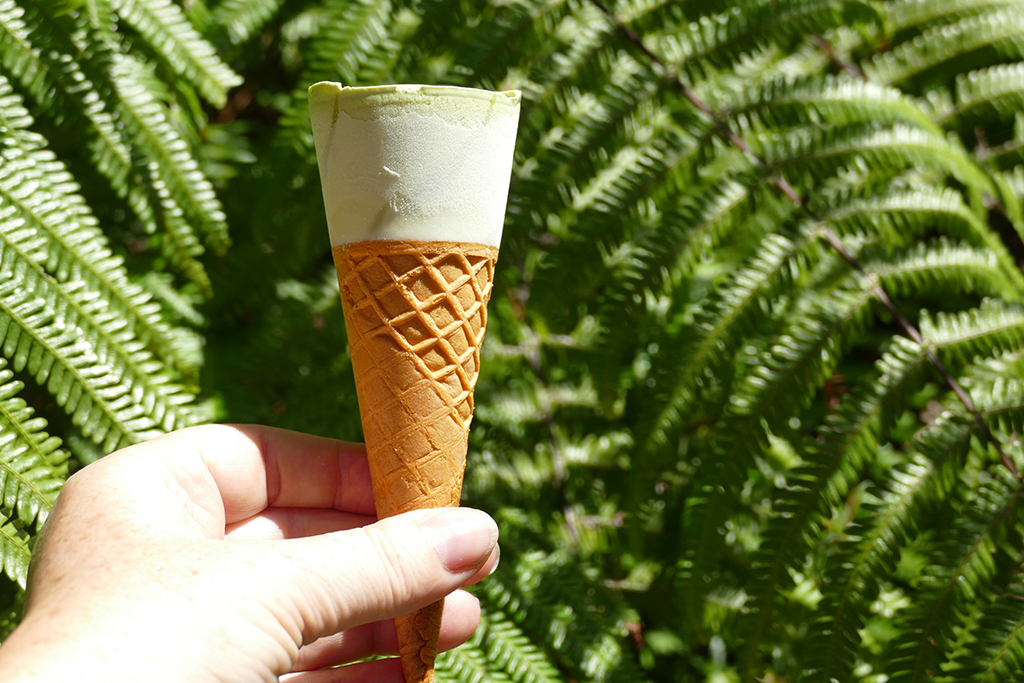
What to Do
I’m an avid solo-travelling woman. Normally, solo travel doesn’t equal solitude, however, Japan is one of the countries where you can get lonely from time to time. You simply get less in touch with locals or fellow travellers. Therefore, I love to join organized tours here and there. This way, I get in touch with fellow travellers.
Therefore, here are some great ideas of what to do during your stay in Hiroshima. Especially if you have only a short time to stay, they’ll enable you to make the best of it in the company of likeminded visitors*:
Cash and Cards
The Japanese currency is called Yen and it’s the third most traded currency after the US$ and the €uro. The exchange rate of these currencies is 1 US$ = 147 Yen and 1 €UR = 147 Yen as of November 2022, but you can check the conversion on this page.
Contrary to all these legends about how you hardly can pay with a credit card in Japan, you actually can at basically every hotel, most restaurants, many museums and landmarks, and large stores.
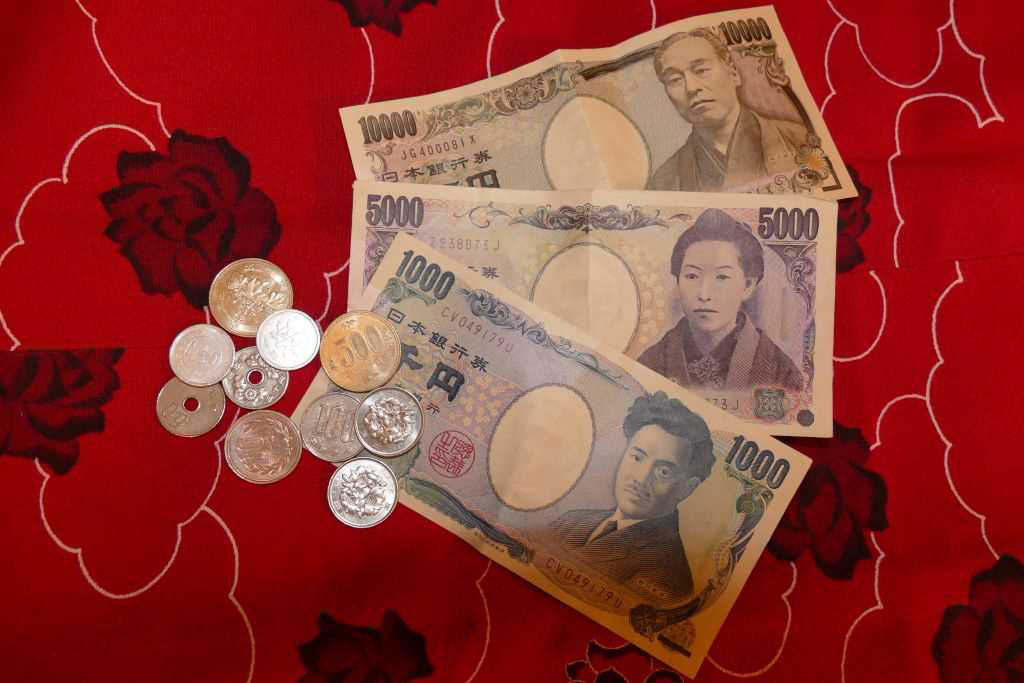
Even though there are some small restaurants, shops, and minor train stations that accept only cash, there will be a convenience store like a 7/11 or a Family Mart within a radius of ten feet where you’ll find an ATM; and at most of these convenience stores, you can also pay with your credit card.
Suica and Pasmo
However, many guides claim that your trip will be much more complicated if you don’t get a Suica or Pasmo card. Although I’m a sucker for local cards – I got loyalty cards on many of my travels since it made me feel so….local – I managed to spend three weeks in Japan and never found myself in a situation where I needed one. I either bought a day pass or paid by credit card – and I made sure to have enough small change which really was no biggy.
Advertising that you get a discount on your tickets is ridiculous as the amount you actually save is between €0.01 to around €0.08 on a trip in Tokyo. So how much do you need to travel to save a significant amount of money?!
However, at least they canceled the 500 Yen deposit for tourists: Since September 2019, there has been a deposit-free Welcome Suica card which is valid for 28 days. The card is available with different pre-loaded amounts ranging from 1,000 to 10,000 Yen.
Language
Japanese speak Japanese – fair enough. Since I’ve heard that they speak almost exclusively their mother tongue, I was completely freaked out before going to Japan, downloading language apps, and trying to memorize some Japanese signs. I was afraid of losing my way and never making it back to Europe.
Just like this no credit card thing is basically a myth, there is no reason to be scared by the foreign language with these funny letters.
The fact is, while in other cities, most people really have a quite rudimentary knowledge of English, I found that in Hiroshima communication was a bit easier.
Anyway, you can always ask slowly and clearly for things or directions and people will probably get what you need and find a way to help – even if they cannot actually answer you. More complex matters and conversations, however, might be an issue.
But most importantly, most announcements at stations, on trains, etc. are also in English. Signs at airports, stations, trains, subways, hotels, and all touristy places are also in English. The only time I got a bit lost was on a city bus where the timetable was only in Japanese and the translation app failed.
Of course, it is a friendly gesture when you are able to say good morning – ohayo gozaimasu, hello – konichiwa, good evening – konbanwa, thank you – arigato gozaimasu and maybe a couple more words in Japanese, but you won’t get lost if your knowledge of the language is next to non-existent.
Map
Do you want to read about all the other beautiful places I’ve visited in Japan? Then go to the main post and take your pick!
Before you go, you might want to check out my post on What (not) to pack for JAPAN which will make your packing – and consequently your luggage – so much easier.
Also, there is a post on How (not) to behave in JAPAN that deals with some of the most important rules so you won’t stand out like an ignorant tourist.
Pinnable Pictures
If you choose to pin this post for later, please use one of these pictures:

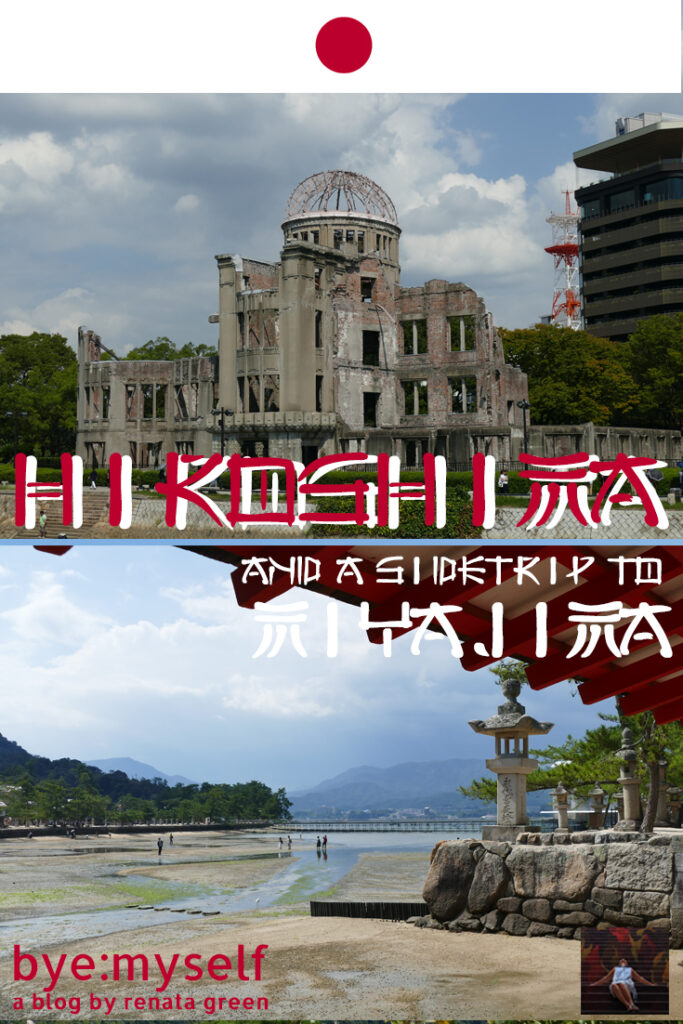
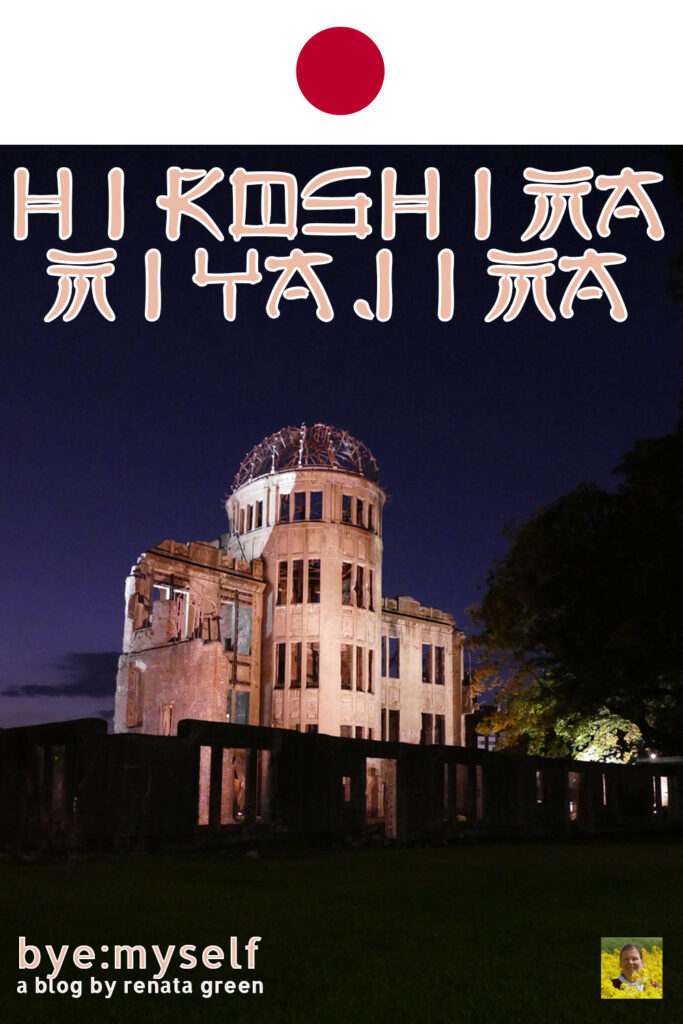
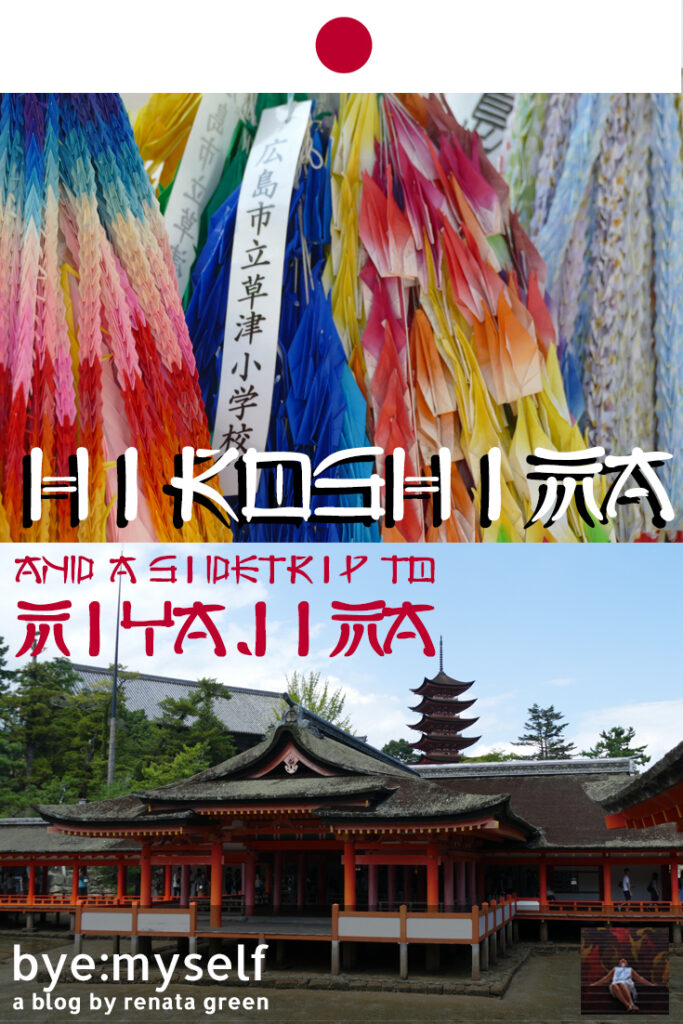
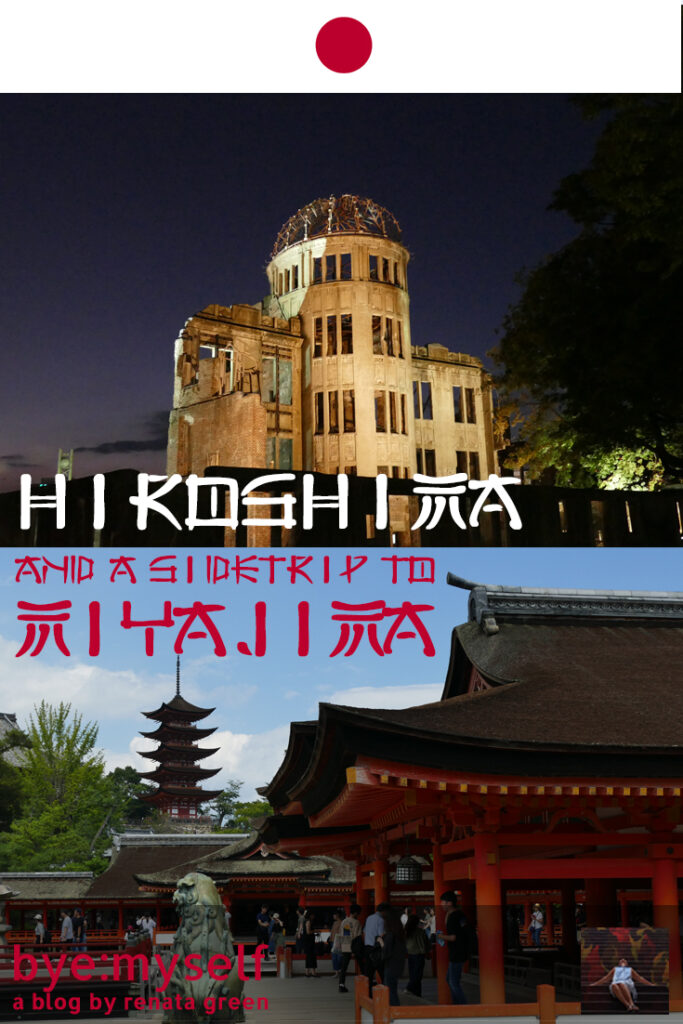
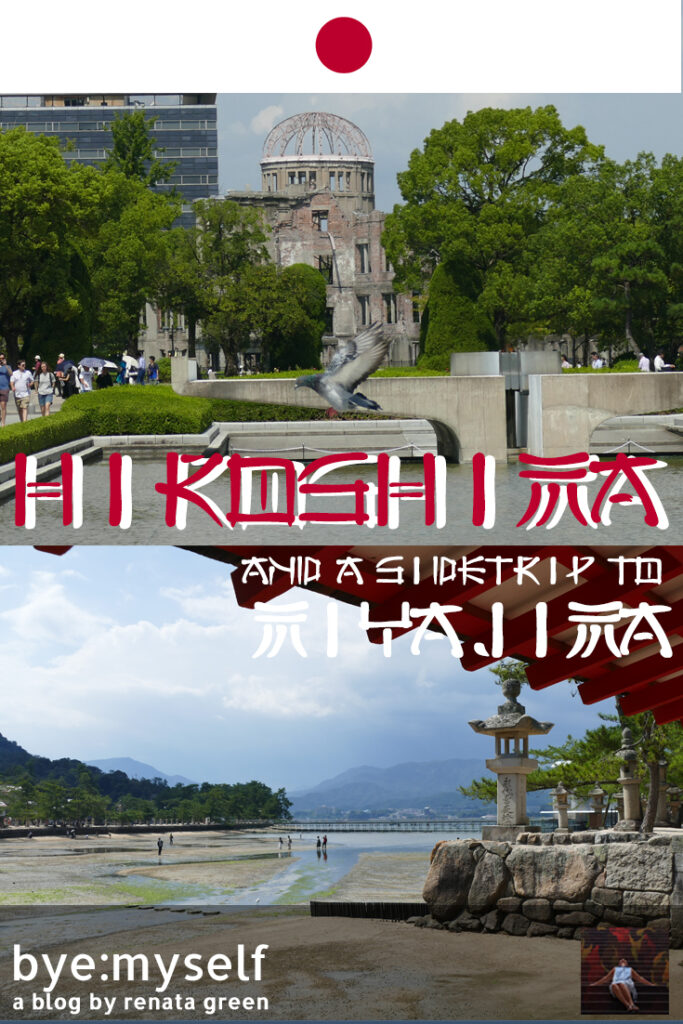
Note: I’m completing, editing, and updating this post regularly – last in November 2022.
Did You Enjoy This Post? Then You Might Like Also These:
How (not) to behave in JAPAN
HIROSHIMA – risen up from the ashes; and a side trip to MIYAJIMA
What (not) to pack for JAPAN
Guide to NAGOYA – enjoy the ordinary
A Visit to the HAKONE OPEN AIR MUSEUM – at the height of beauty
A night at the KAGURA
OSAKA – the commercial metropole; and a side trip to HIMEJI
JAPAN. An Adjustable Guide for First-Timers
* This is an affiliate link. Hence, If you book through this page, not only do you get the best deal. I also get a small commission that helps me run this blog. Thank you so much for supporting me!
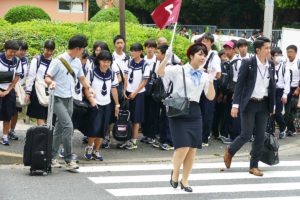

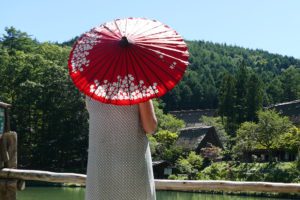
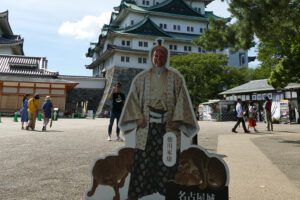
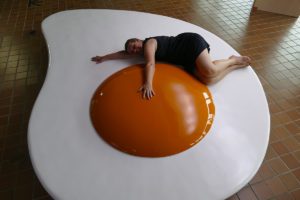
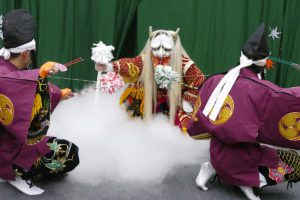
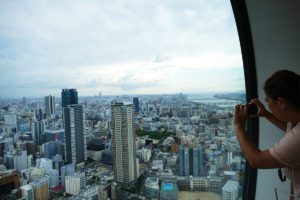

its a great place for visit!